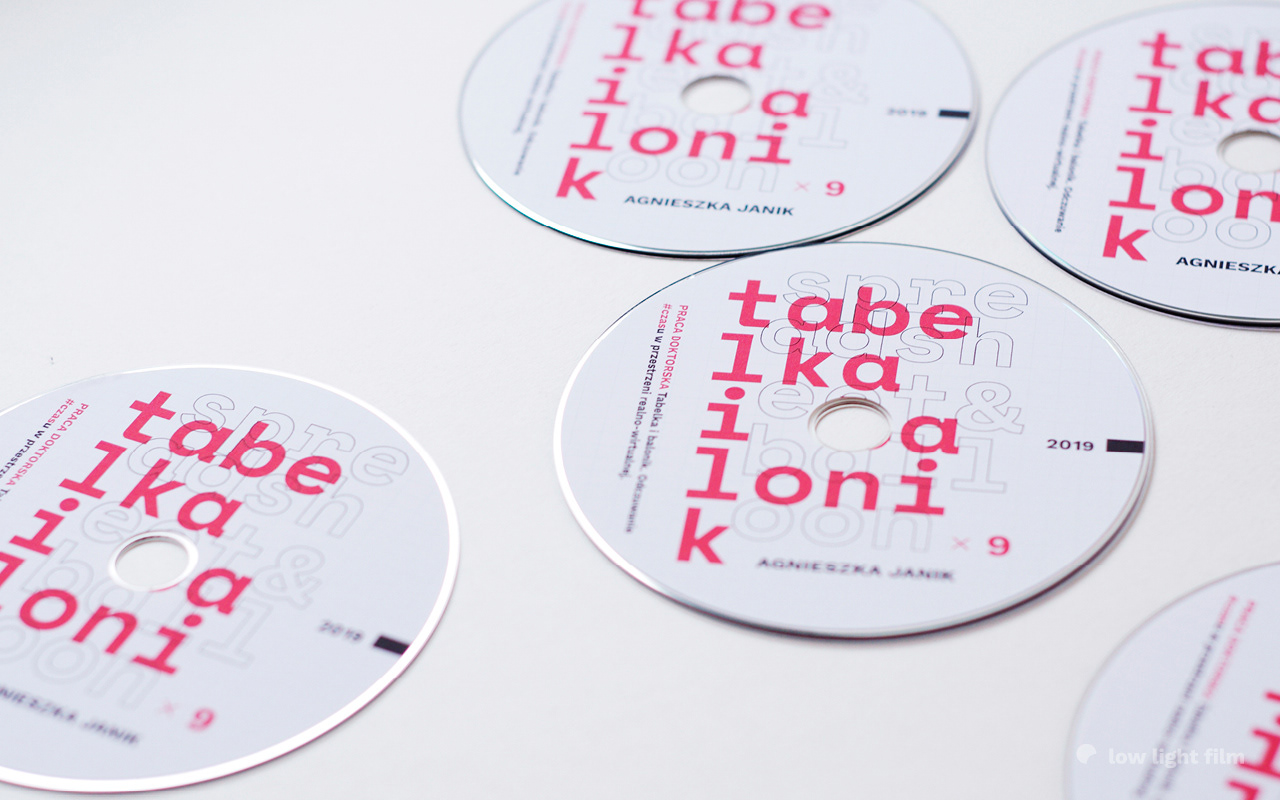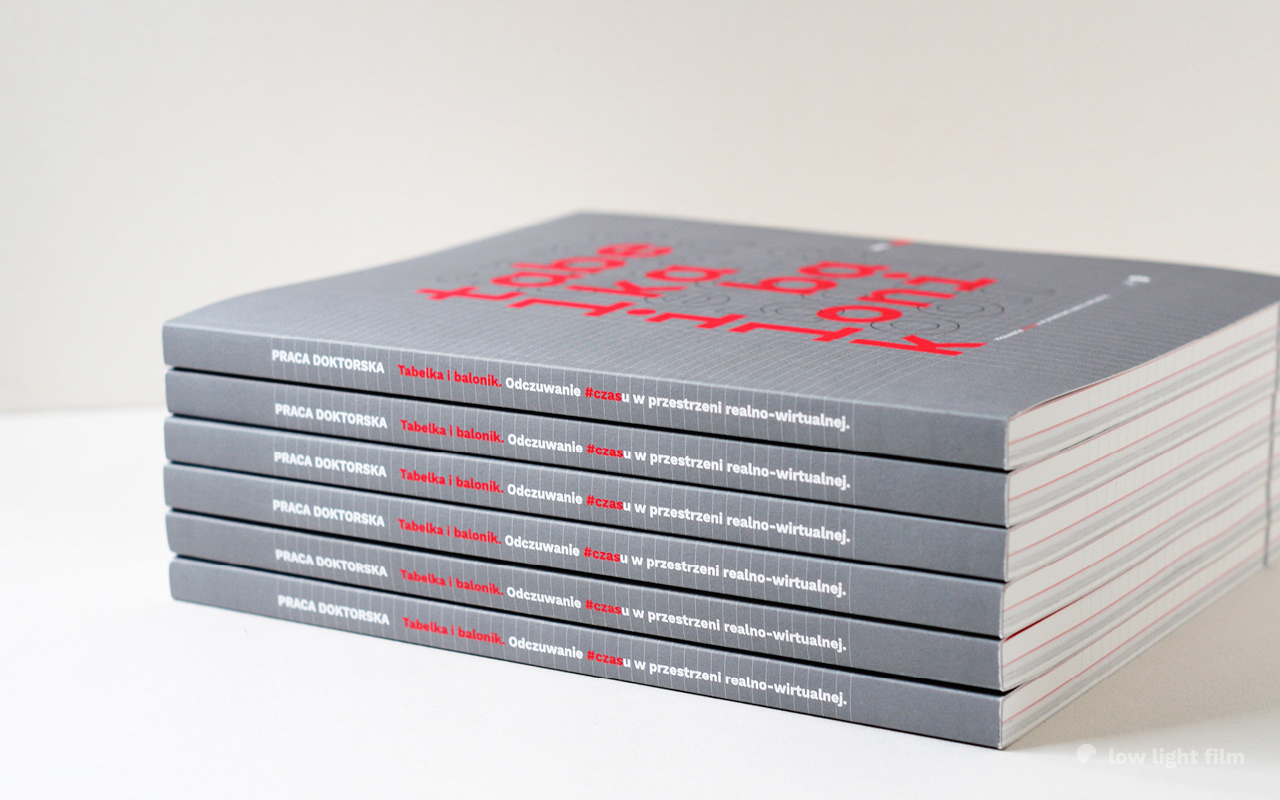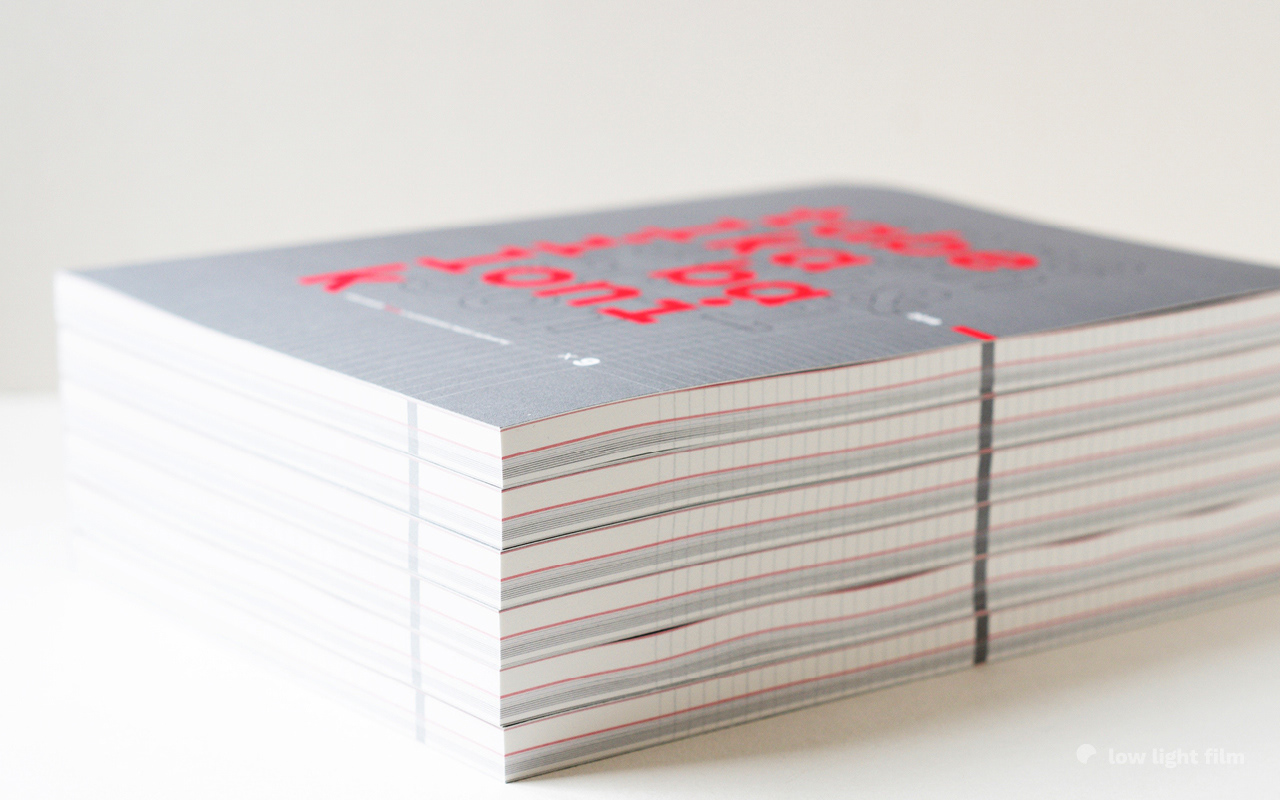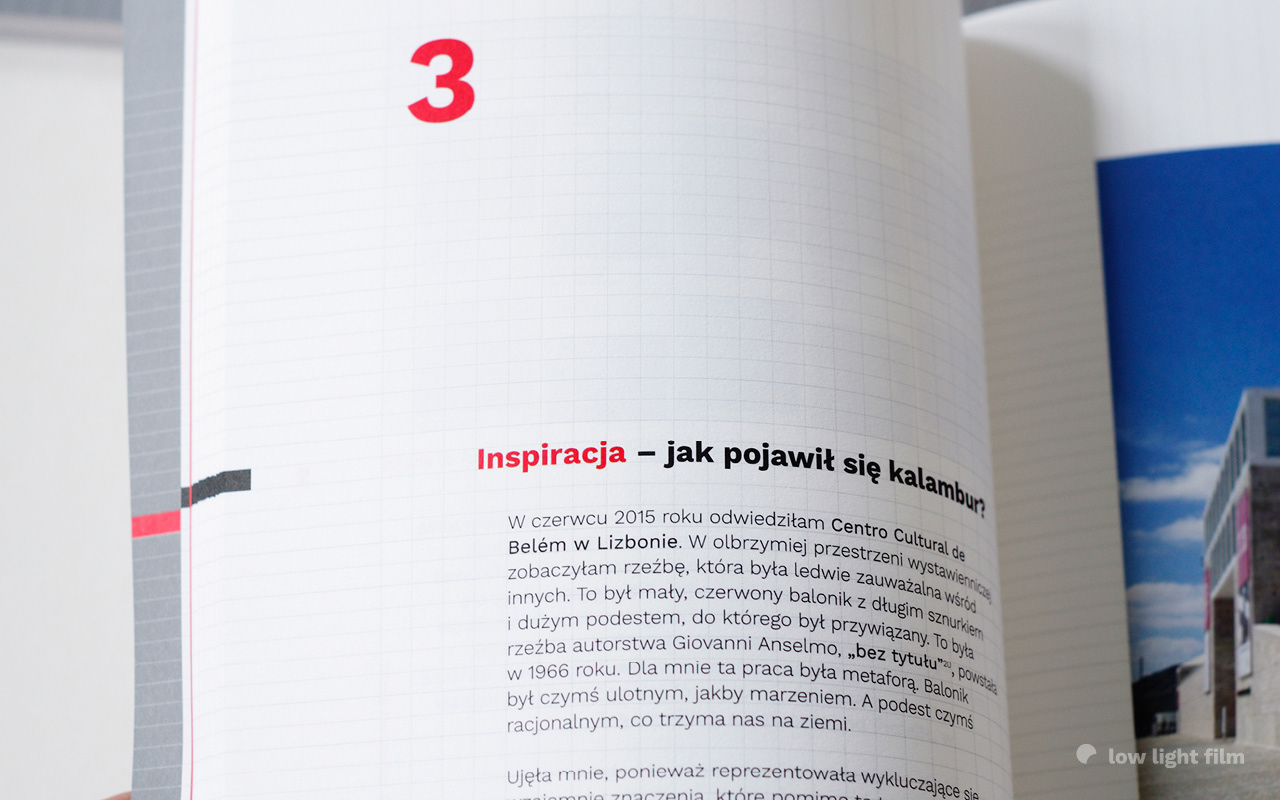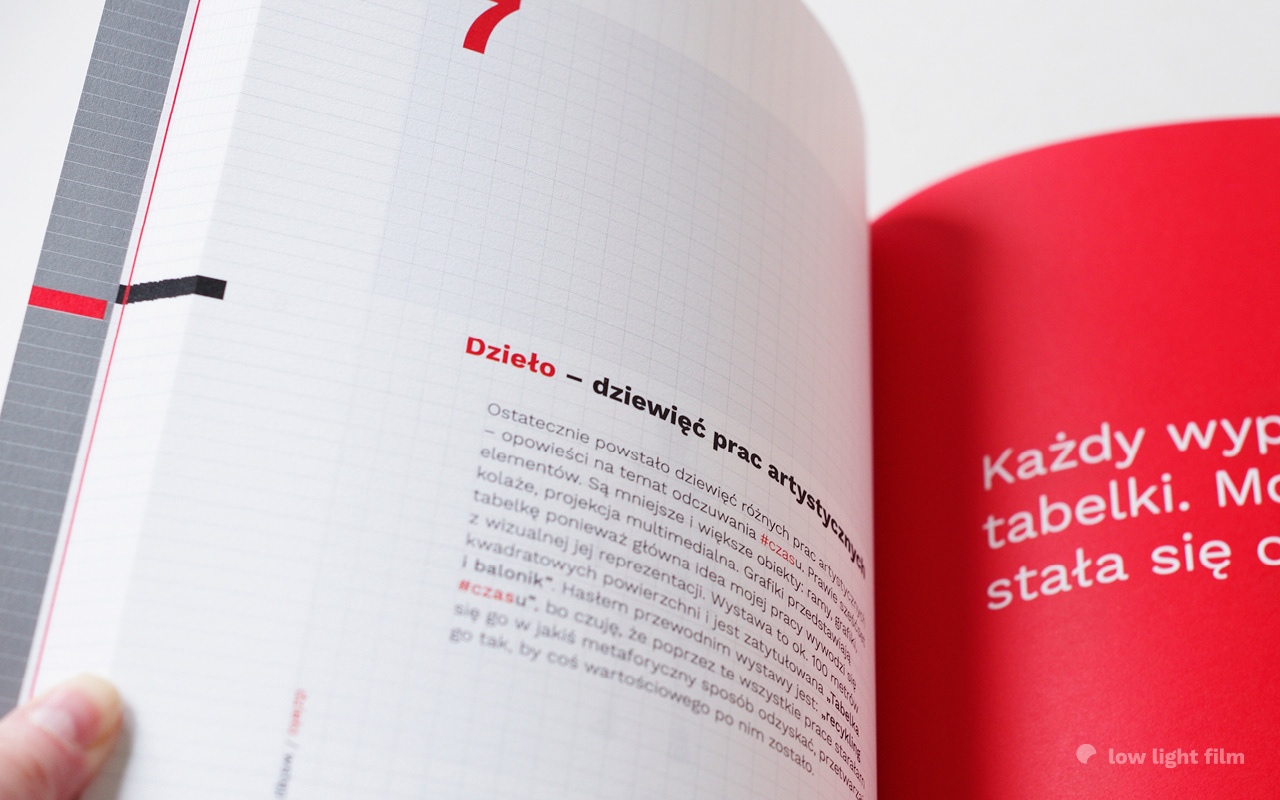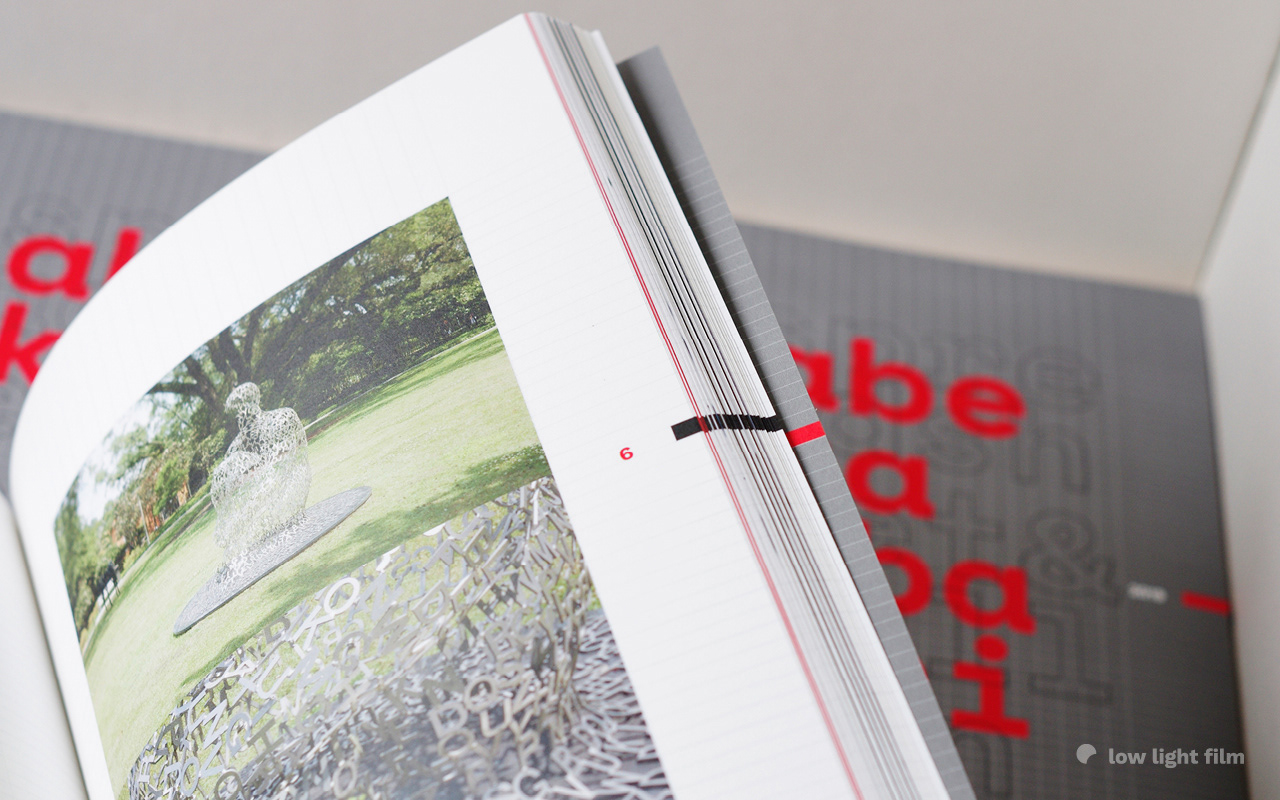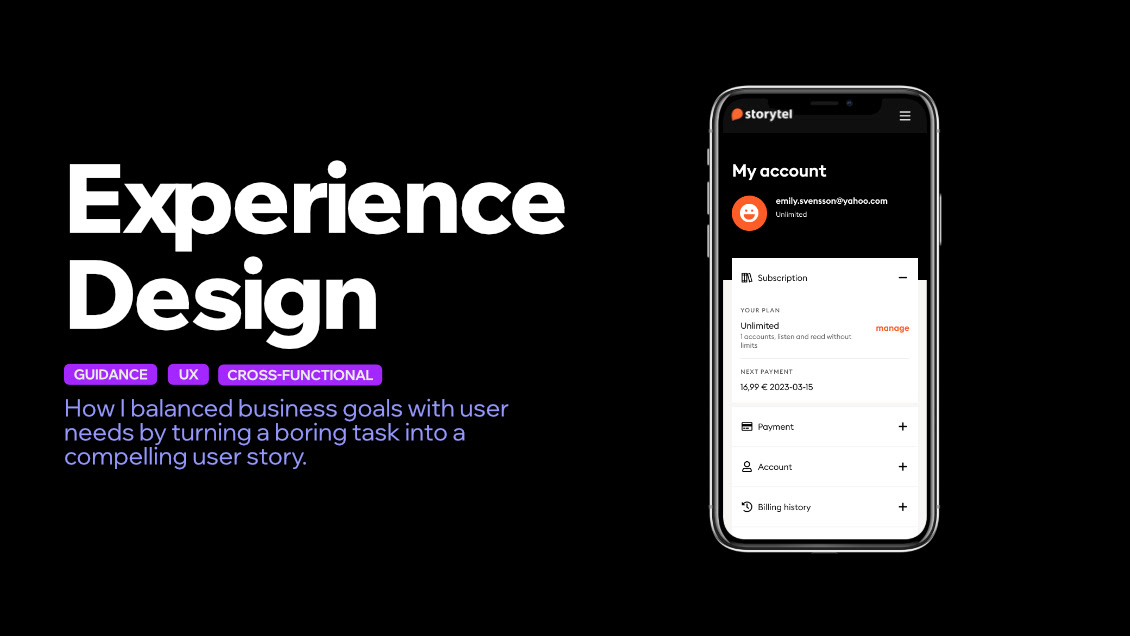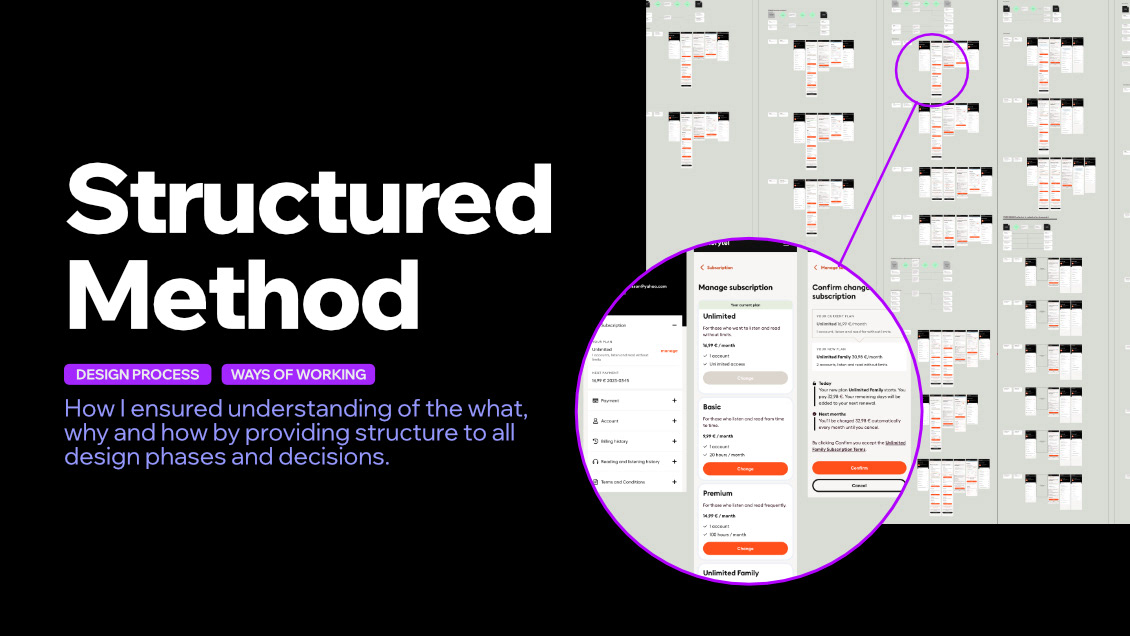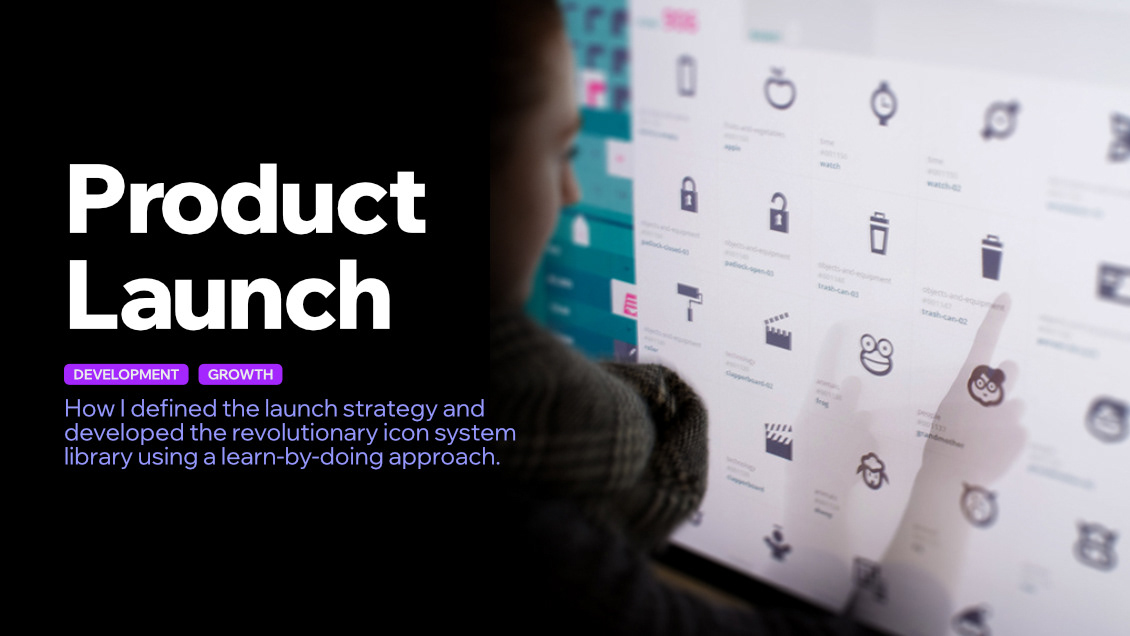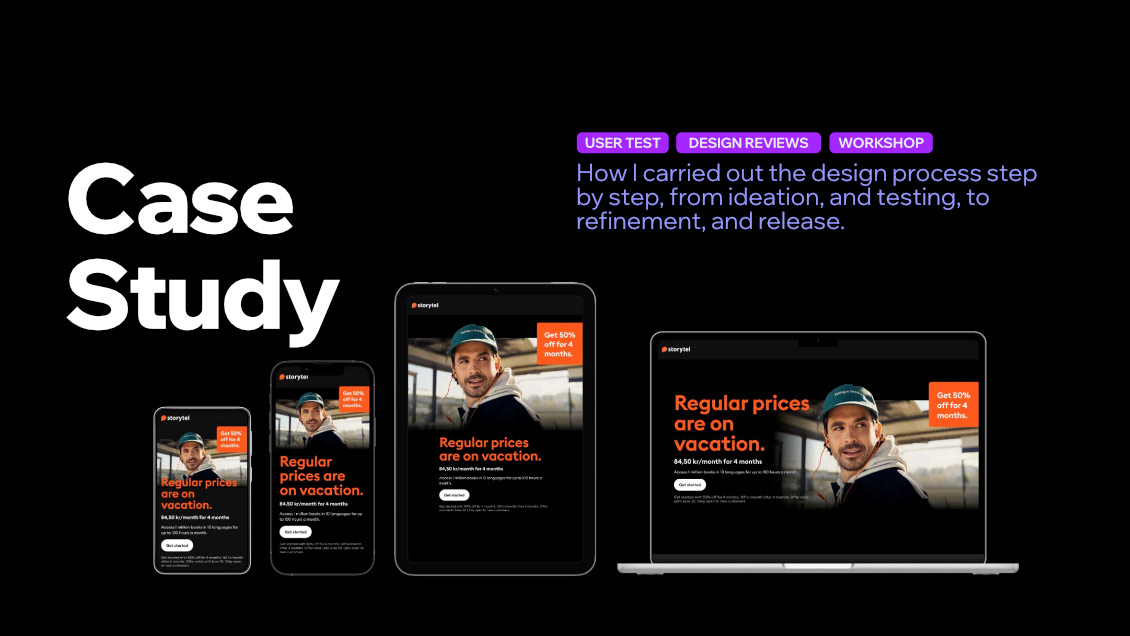It's been 10 years since I created my first spreadsheet. Today, I'm revisiting it because I feel it's unfinished. I didn't describe it the way I should have—lightly, like a balloon that floated alongside me. But more on that in a moment.
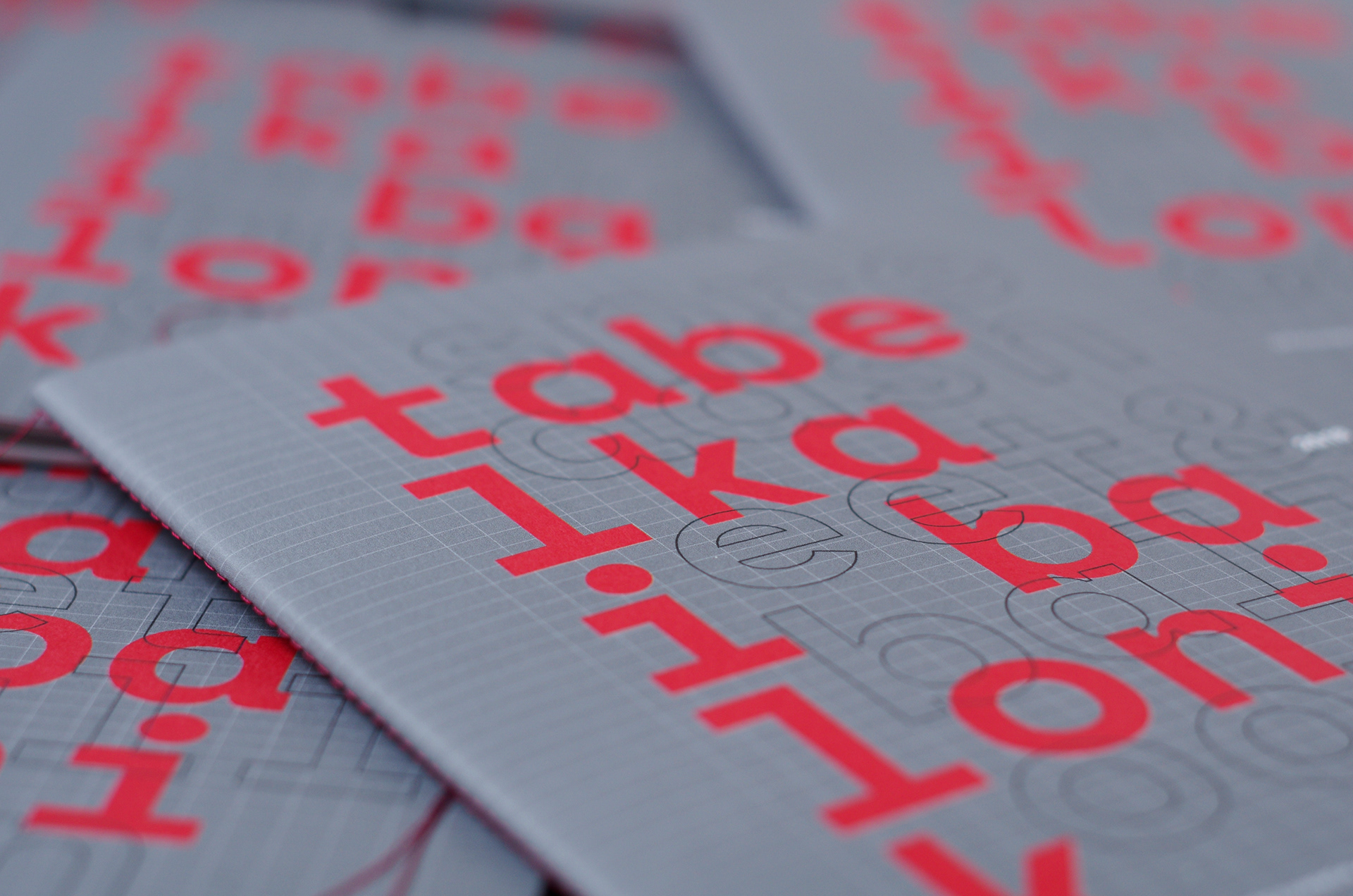
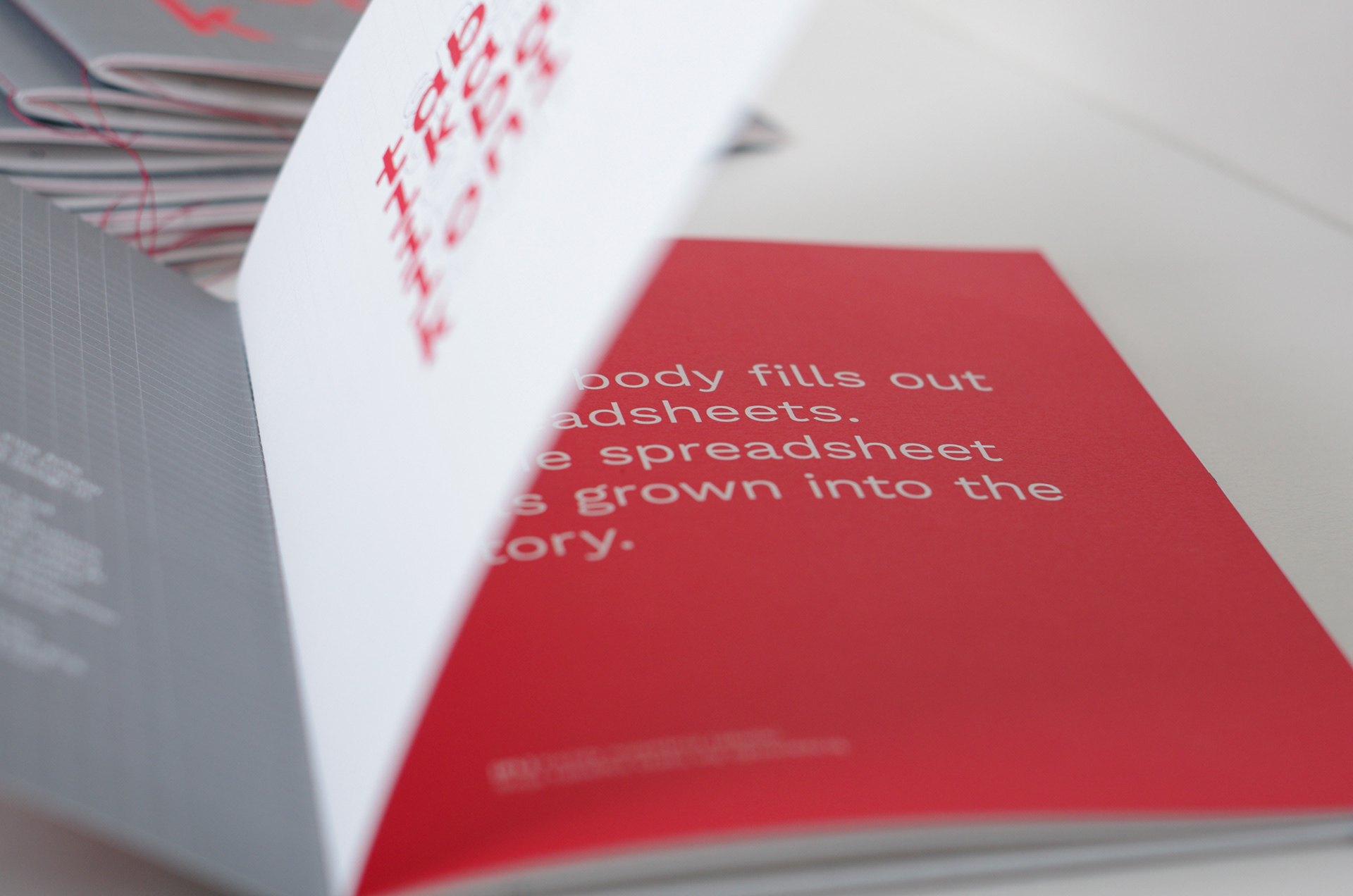
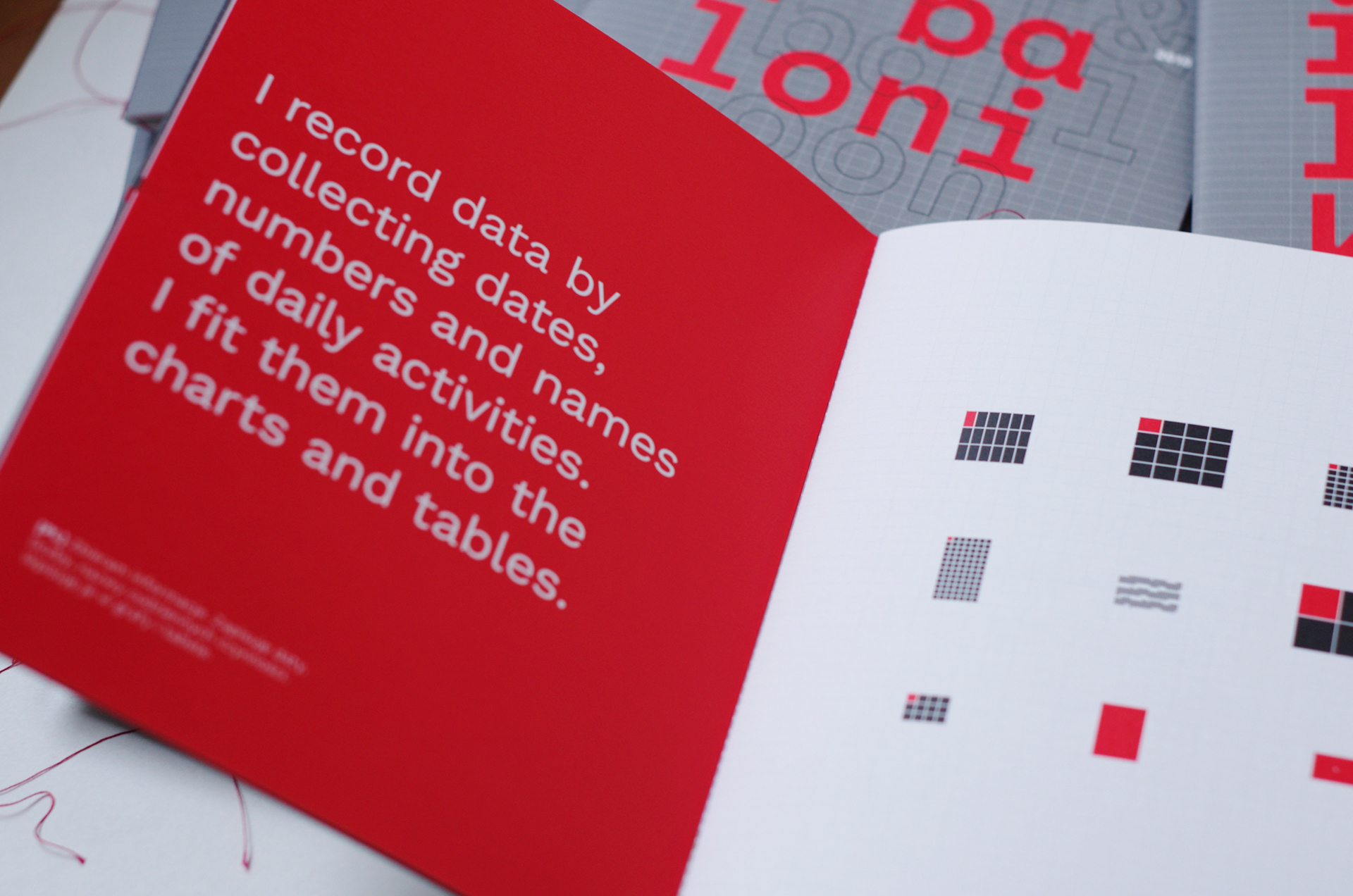
I worked with many spreadsheets. I used templates I designed myself, and something indescribable started to take shape. I watched as the projects I worked on formed colorful patches, intensifying and slowly fading over time. There was something endearing about this visualization. The intensity of each color reminded me of various everyday moments in the office. Conversations and smiles came back to me. I'm smiling now because I'm sure no one saw what I saw. To others, they were just boring project summaries. But for me, it was something more, so I wanted to create my own spreadsheet, about something personal to me.
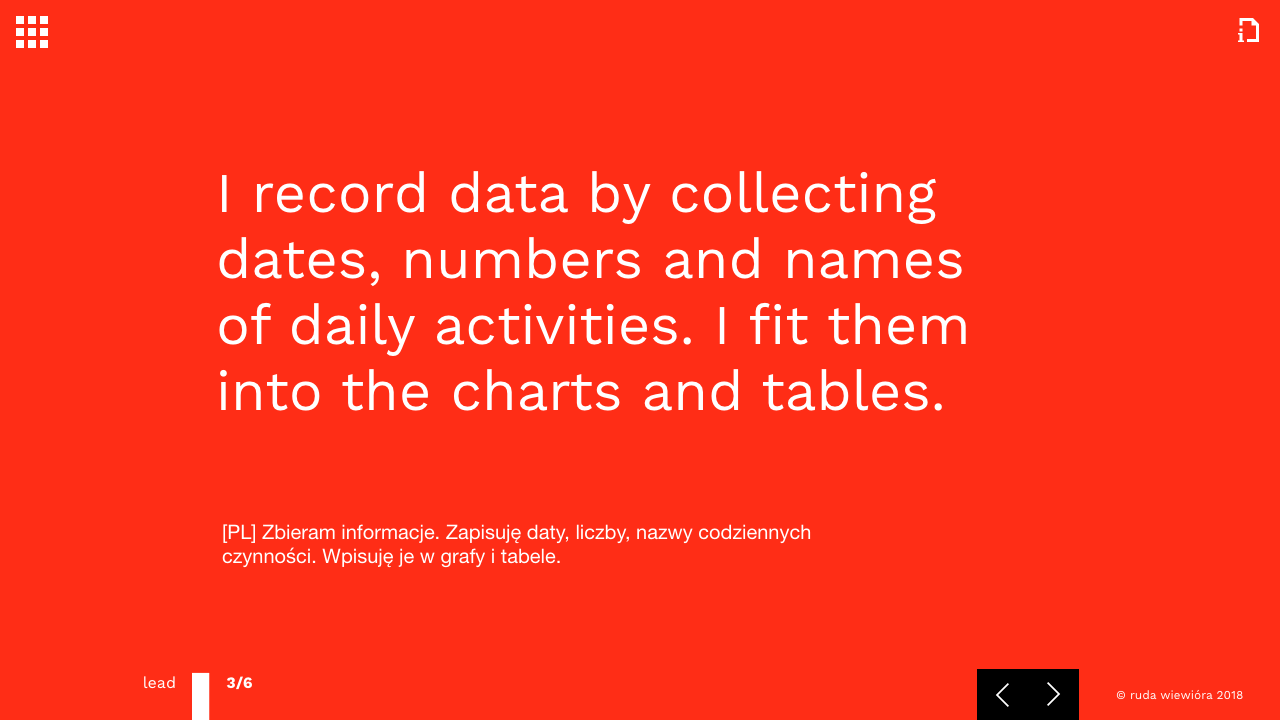
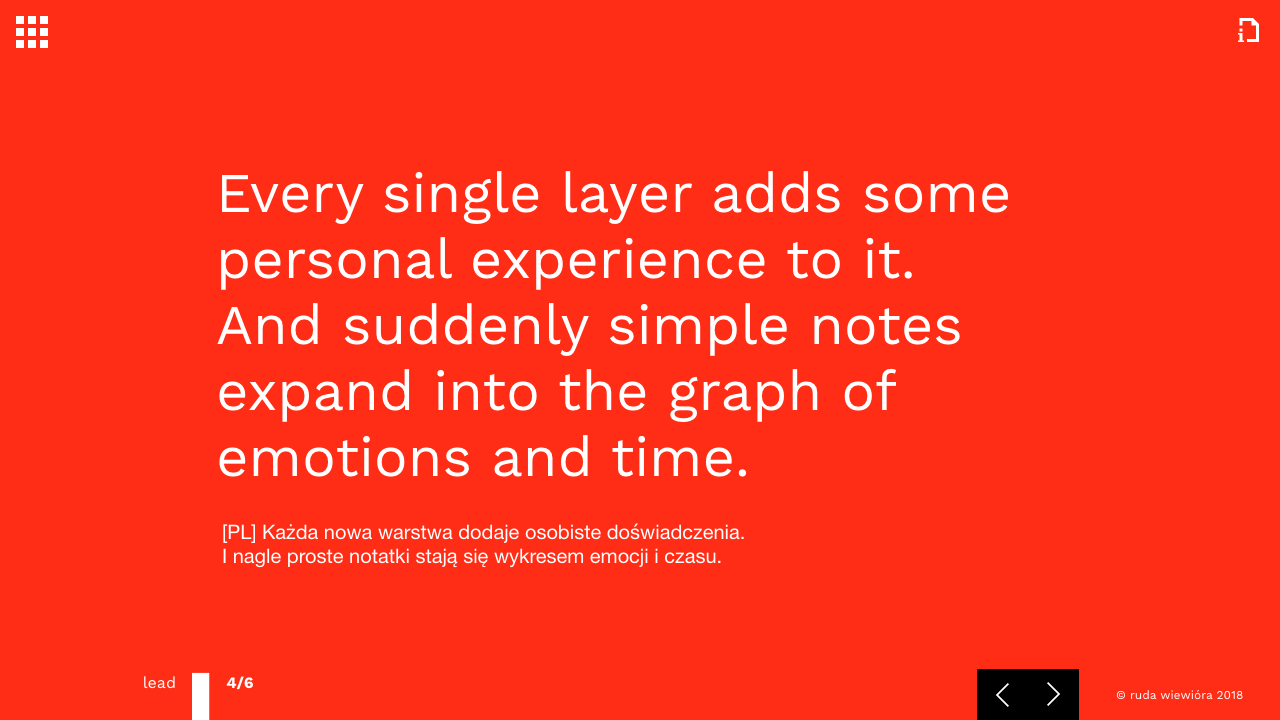
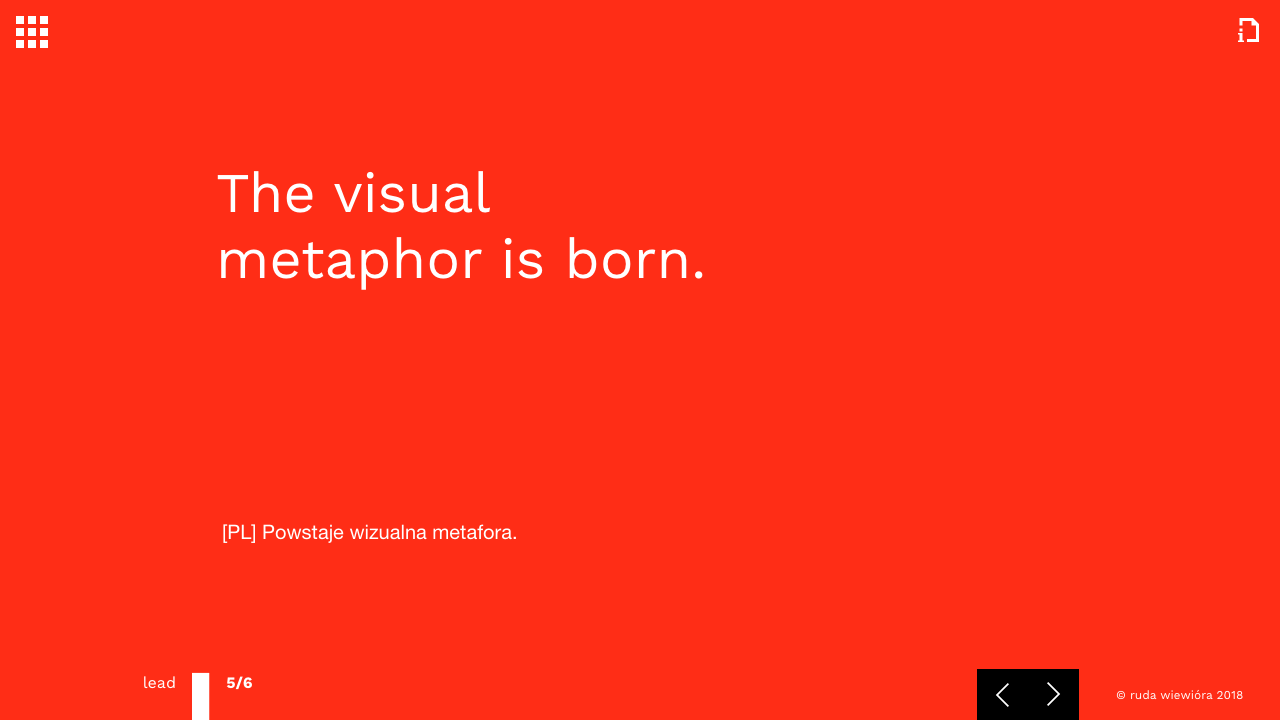
I started wondering what my daily life looked like and what I could start recording. At that time, I was working a lot. I had a full-time job, classes at school, and I occasionally visited the university. Nothing special, really. But I was curious. I came up with a simple calendar in a spreadsheet template, divided it into hours and days of the week, and started making entries. When I began work in the morning, I'd mark an 'x' in the table. Throughout the day, the 'x's multiplied. After a week or two, I began coloring them because I wanted to distinguish one task from another. There were more and more. It amused me that I was arranging these little blocks each day and only I knew what they meant. It grew into an abstract, completely surreal picture.
The first month turned out to be quite boring. Tediously filling in the table. A task repeated like a mantra every day. Mostly orange patches. A few lines in different colors. Nothing special. How could the next month be any different? Probably not at all. But I was curious and enjoyed doing something so surreal. The second month was not a disappointment, quite the opposite. New blocks appeared. I added colors, added letters. I continued my tedious ritual and smiled to myself. Months passed. A year went by. And I was still arranging my professional Tetris. At some point, I wanted to bring them out into the world. I wanted to touch them. I printed them out. I wasn't satisfied. They were too serious. I removed everything I deemed unnecessary. I left only the essence, colorful blocks filled with work time and memories.
18 months.
Spreadsheets. Yes. They worked well at my job. But I had a vacation planned. I went abroad. I thought I’d try using the method for something else. I knew I’d be on the road for a while. So, as usual, I set up a spreadsheet and noted dates, places, and kilometers. Boring. The method turned out to be disappointing. I didn't see anything fascinating in those notes. I closed the spreadsheet and didn’t go back to it.
Half a year after returning from abroad, my friend shouted, “Google just told me that on Sunday I was at your house.” Something clicked for me. I checked my account, which I used on my phone abroad, and to my surprise, I found out that I had location services turned on for the entire trip (something I hadn’t checked before), so all my routes were recorded. I couldn’t believe I could check where I was day by day and at what time. I wasn’t interested in the map. I saw a tangle of lines. I only saw abstract shapes. I liked the changing shapes of the lines. I removed almost everything, kept the lines, and decided that each one was its own story. My friend still laughs, saying, “I have no idea what you see in those shoelaces.”
70 days.
Blocks, lines, now it’s time for numbers. During my trip, my accommodations changed almost daily. Initially, I photographed hotel corridors. I always chose the same angle. It was always the same time, usually late at night. It was hard to tell them apart. The same walls, the same door layouts, the same yellow light. Sometimes the carpet changed. But there was always something different—the room number. I started writing them down. Just intuitively. I collected them until the end of the trip and then continued for the next few months until the end of the year.
That one year was different compared to previous years. I was traveling, moving frequently. I didn't have one place to call home. I thought that all these places were my home. So, I found all the missing addresses from earlier months, including flight and train numbers. I arranged all the numbers week by week, month by month, until the entire year emerged.
365 days.
My parents traveled. They had their favorite places. I often accompanied them, tracing something with my finger on the map. Reading street names, following their path. It was important to me. Once, while tidying up, I spilled some paint and it made a blot on the paper. It reminded me of my childhood. And so it stayed. Blots. Real places hide beneath them. I still smile warmly when I look at them because they really exist.
16 places.
Attendance lists. Yes, for several years, I filled out attendance lists for the students who attended my classes. Several times a week, I met with different groups from various fields. I placed a dot next to each name. Over time, the names and faces began to blur. The dots remained.
6 years.
There came a time when I decided to start a foundation. I wanted to develop artistic and educational activities. Lists and stamps. That's how I remember the time of gathering documents and waiting for the official registration.
84 days.
Balloon
And what’s the point of it all? What’s this all about? Blocks, dots, blots, numbers, lines, letters, dates, and a big zero. Boring. Flat black-and-white pictures. Something, yet nothing.
And yet, it was something. These were my traces. I could stare at them for hours. I enjoyed the synthesis of each graphic. The data, through its abstraction, could be processed, simplified, and leave a mark. I played with associations.
Do you need to know the code to decipher them? Or maybe imagination is enough? There had to be some clue. A word was missing. I titled each subject. Each individual graphic also has its own title. That was the key. I put boredom in a frame and brought it to a gallery. Nine stories suspended in time and space emerged.
My job
Graphics, 18 frames, size 275×505mm each
From October 2014 to March 2016, I recorded every work activity in my calendar, marked with a unique color and letter. Over time, I got rid of activities’ descriptions and left only colorful shapes.
I framed 18 images of work activities wrapped by time.
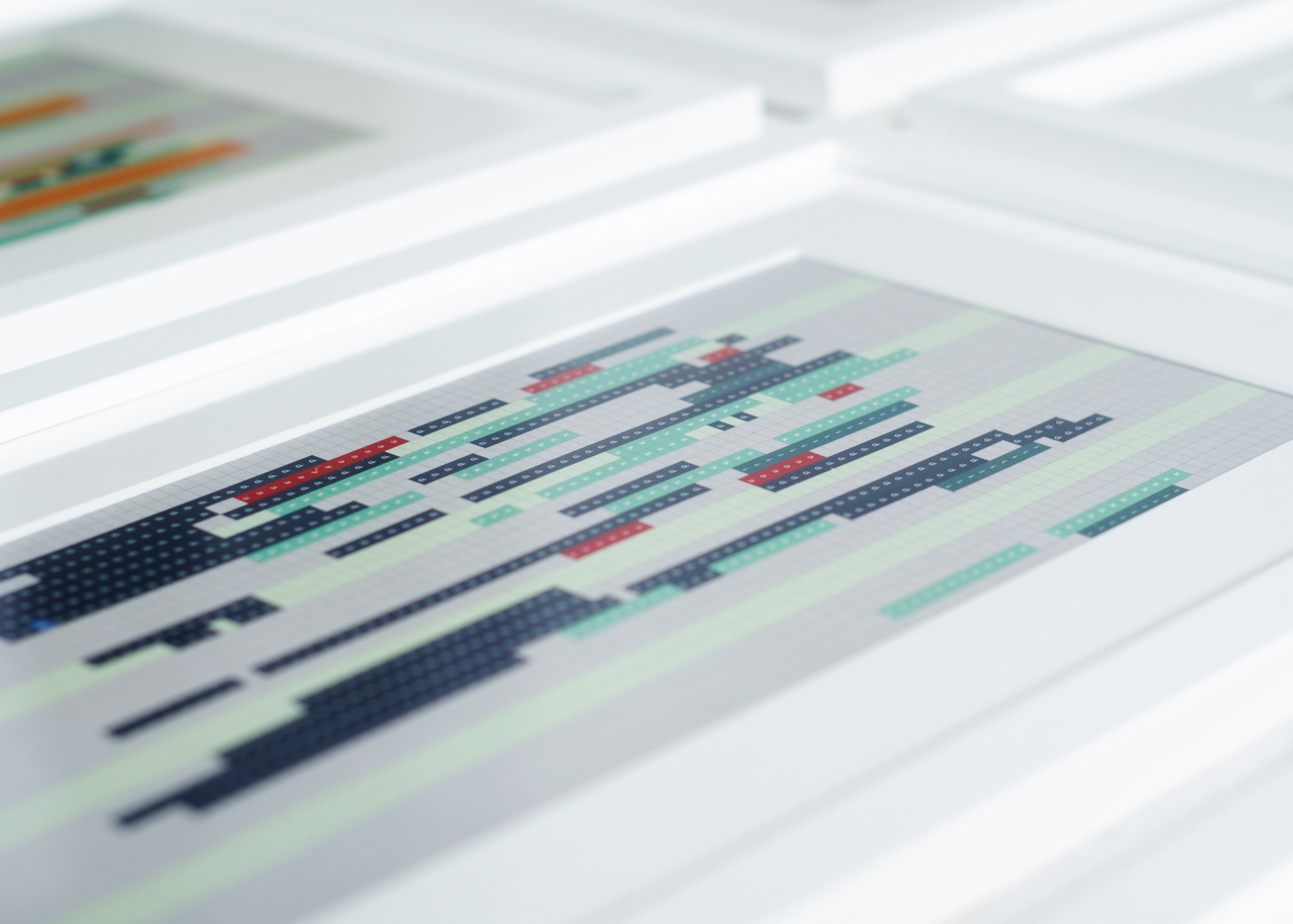


My parents
Graphics, 16 frames, size 544×444mm each
I started to draw lines around every place my parents travelled to. Before I knew what was going on, I traveled back to my childhood with many blots on the paper.
I framed 16 memories of my parents painted on paper.
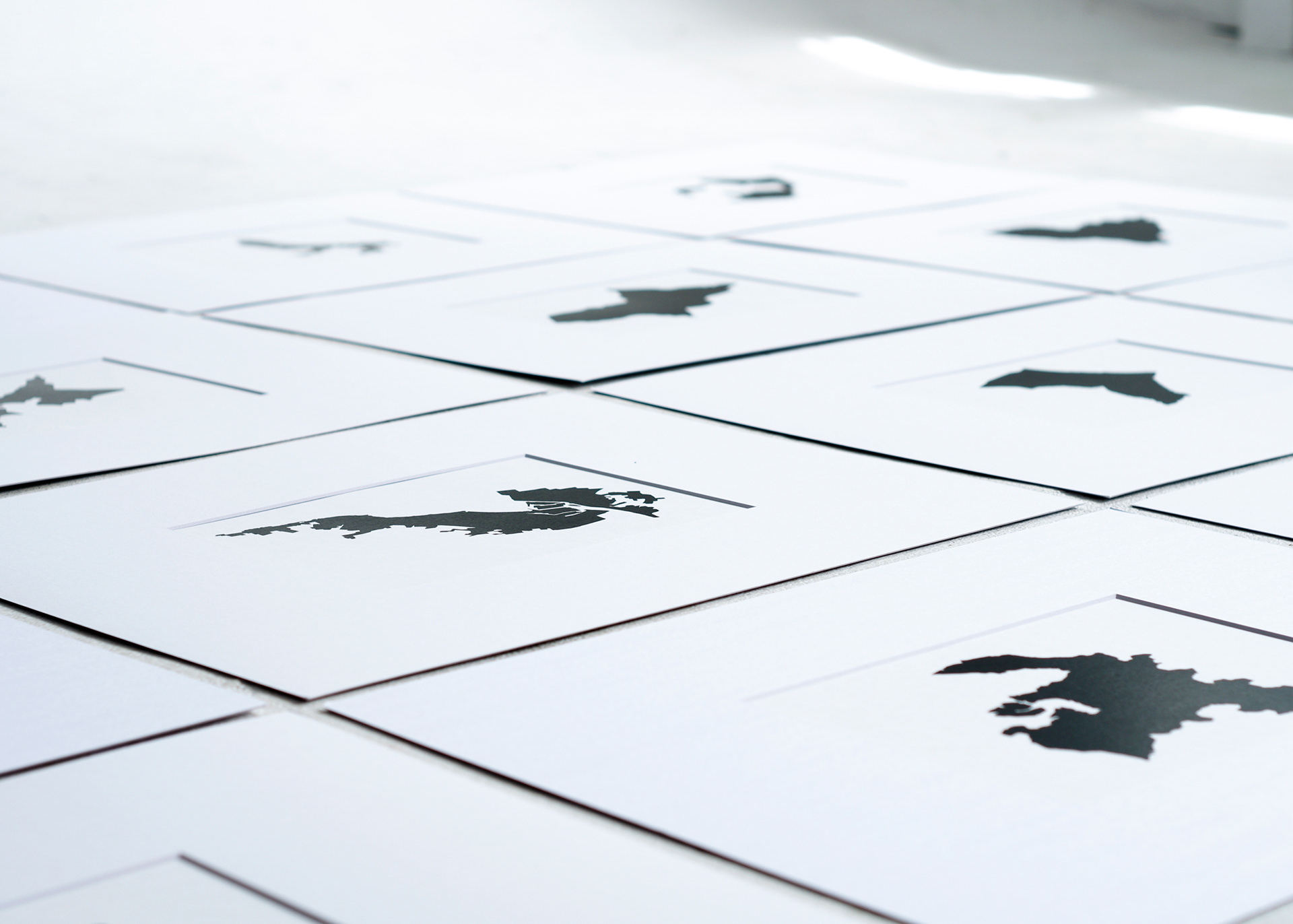


My states
Graphics, 70 frames, size 240×180mm each
From the first of April 2014 to 13th of June 2014 I tracked down my travel abroad by geolocation data on my phone. I deleted layer by layer, and only kept lines.
I framed 70 traces of the road.
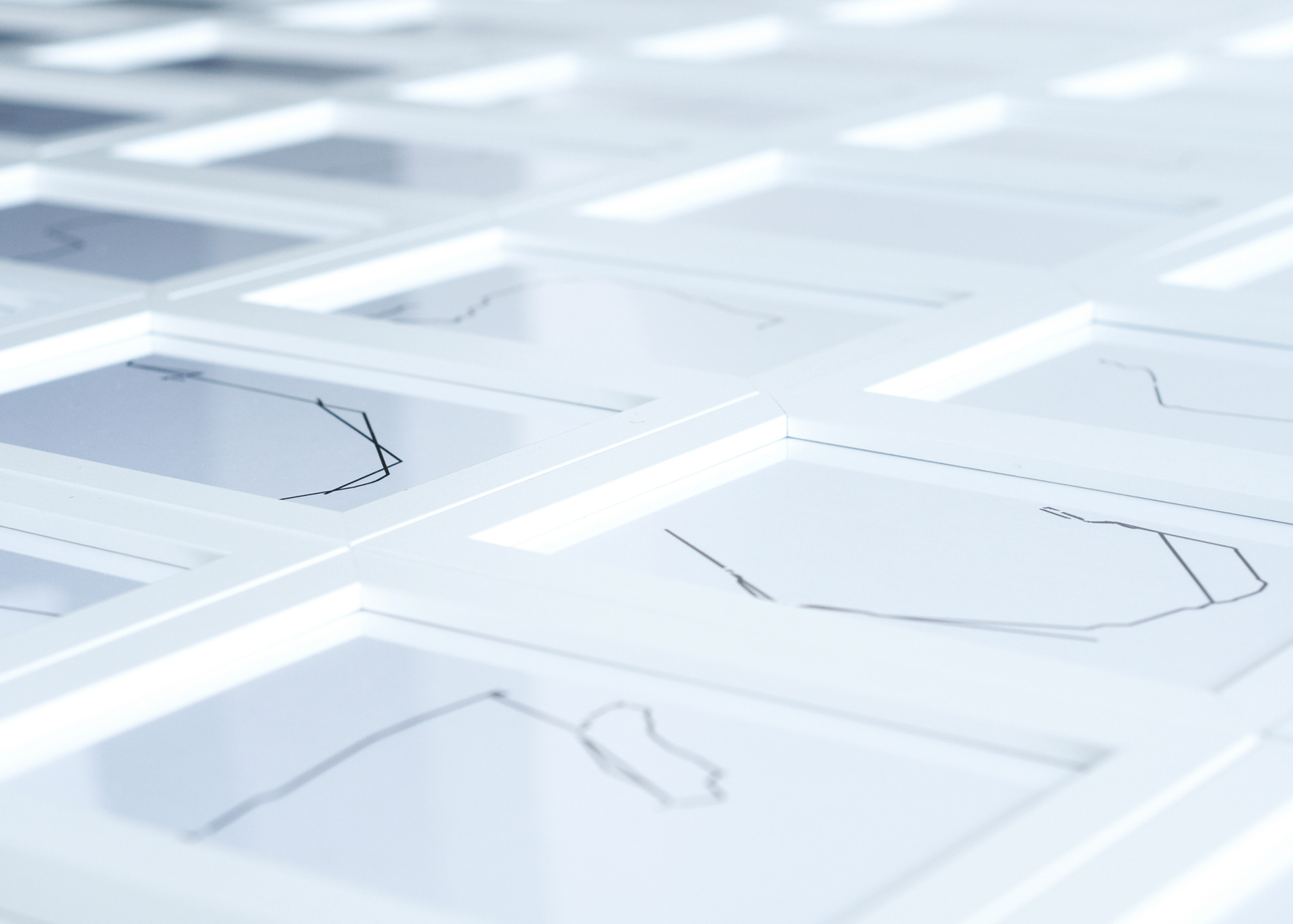

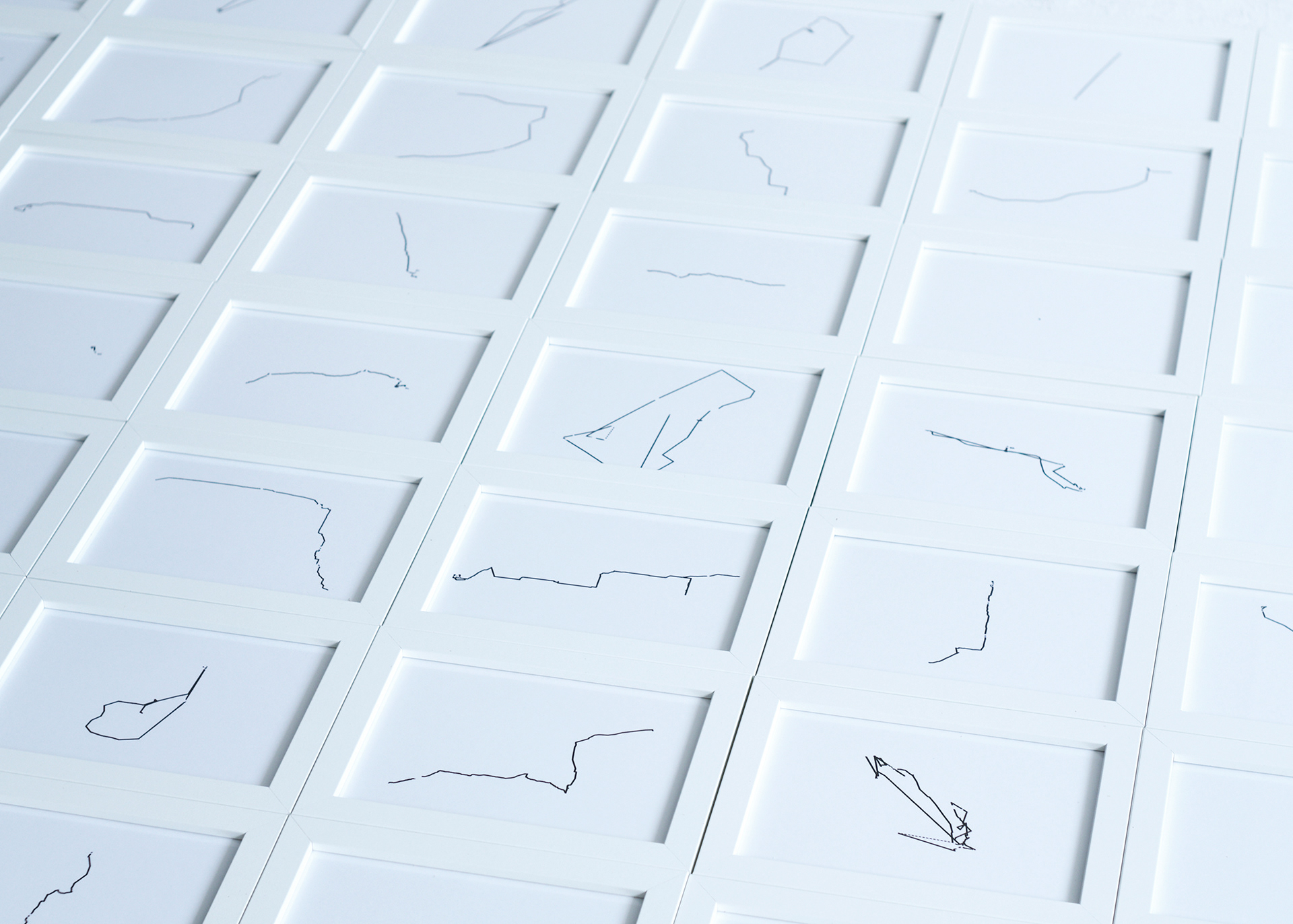
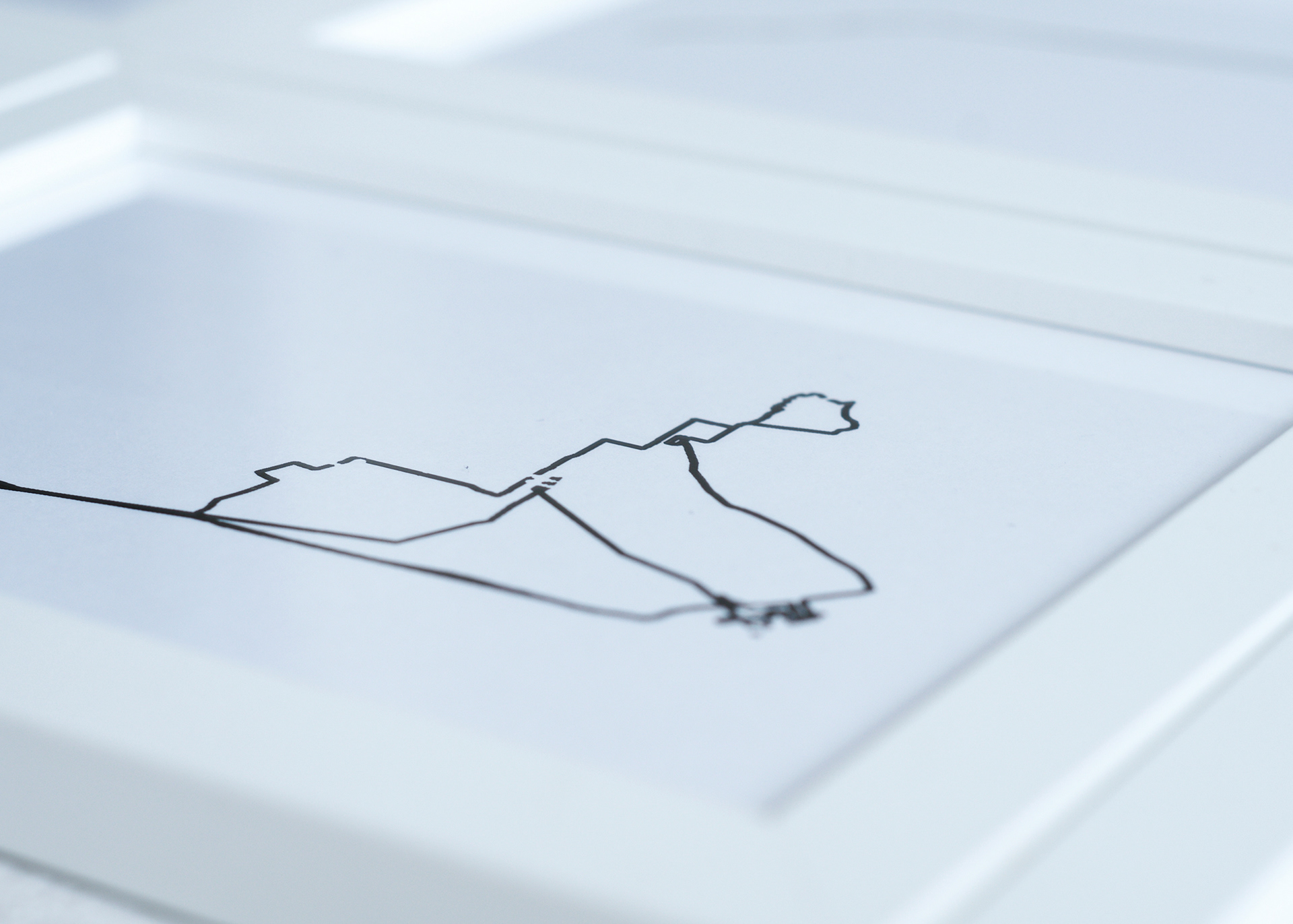
My foundation
Objects, 84 objects, size 150×150mm each
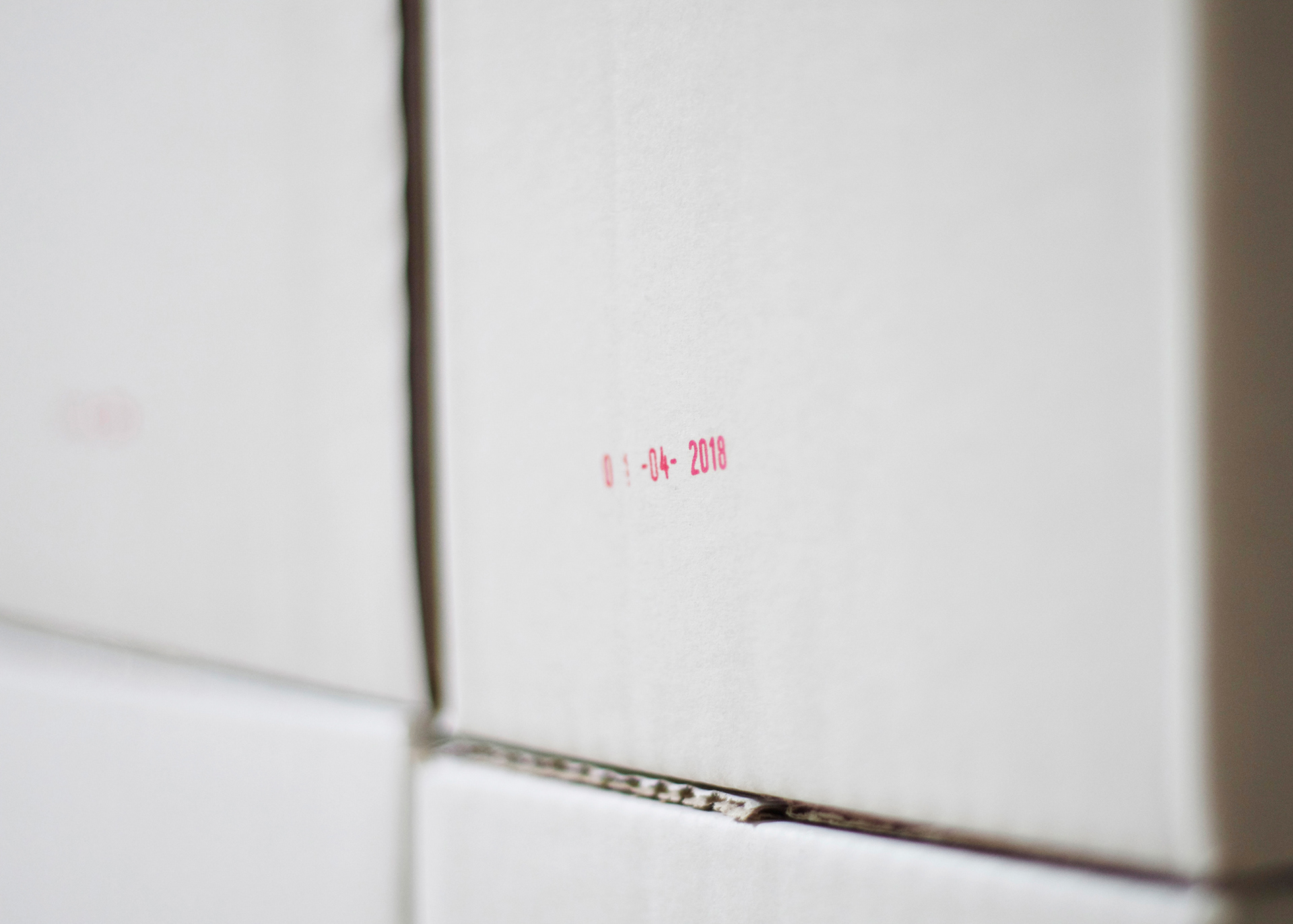
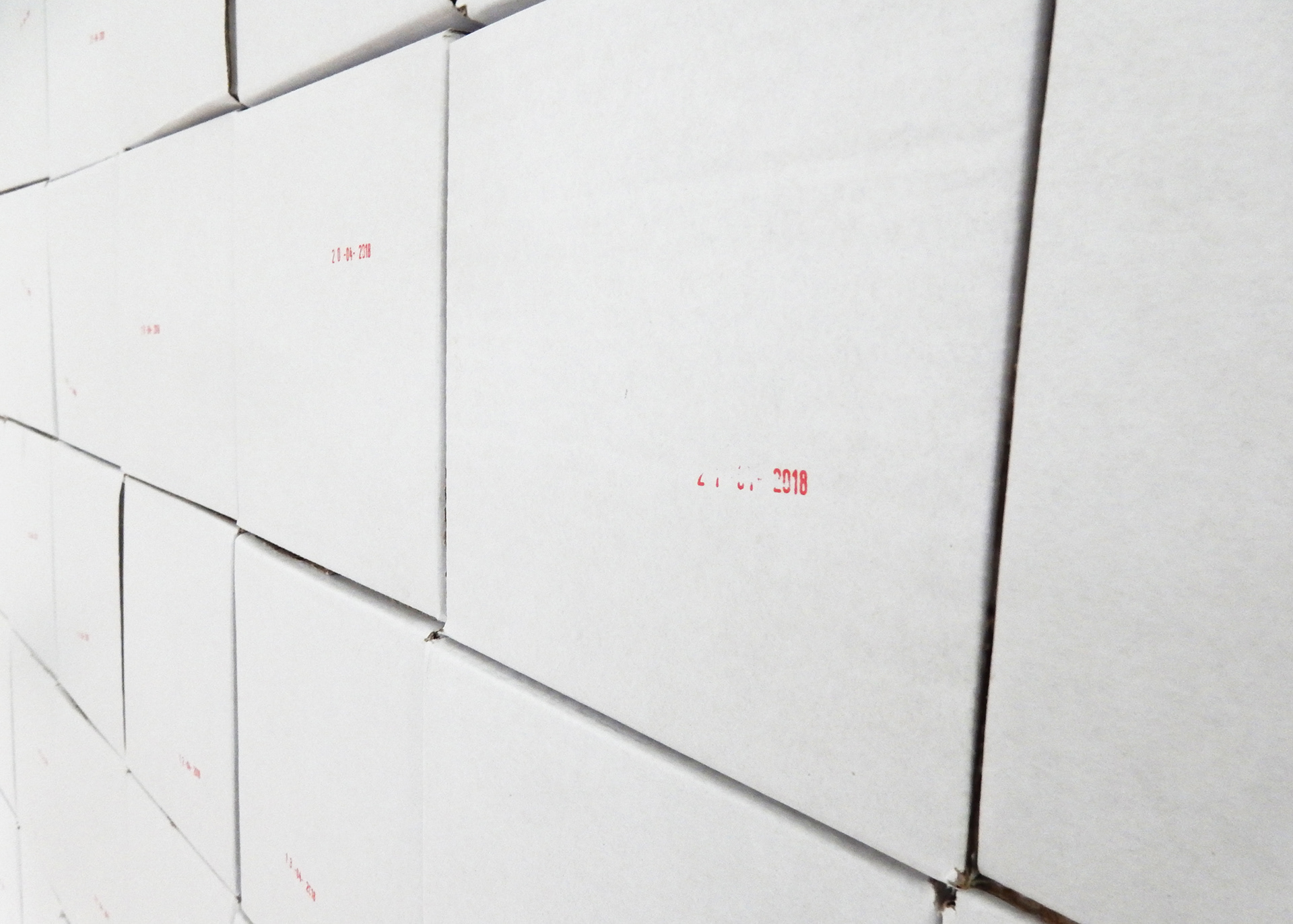
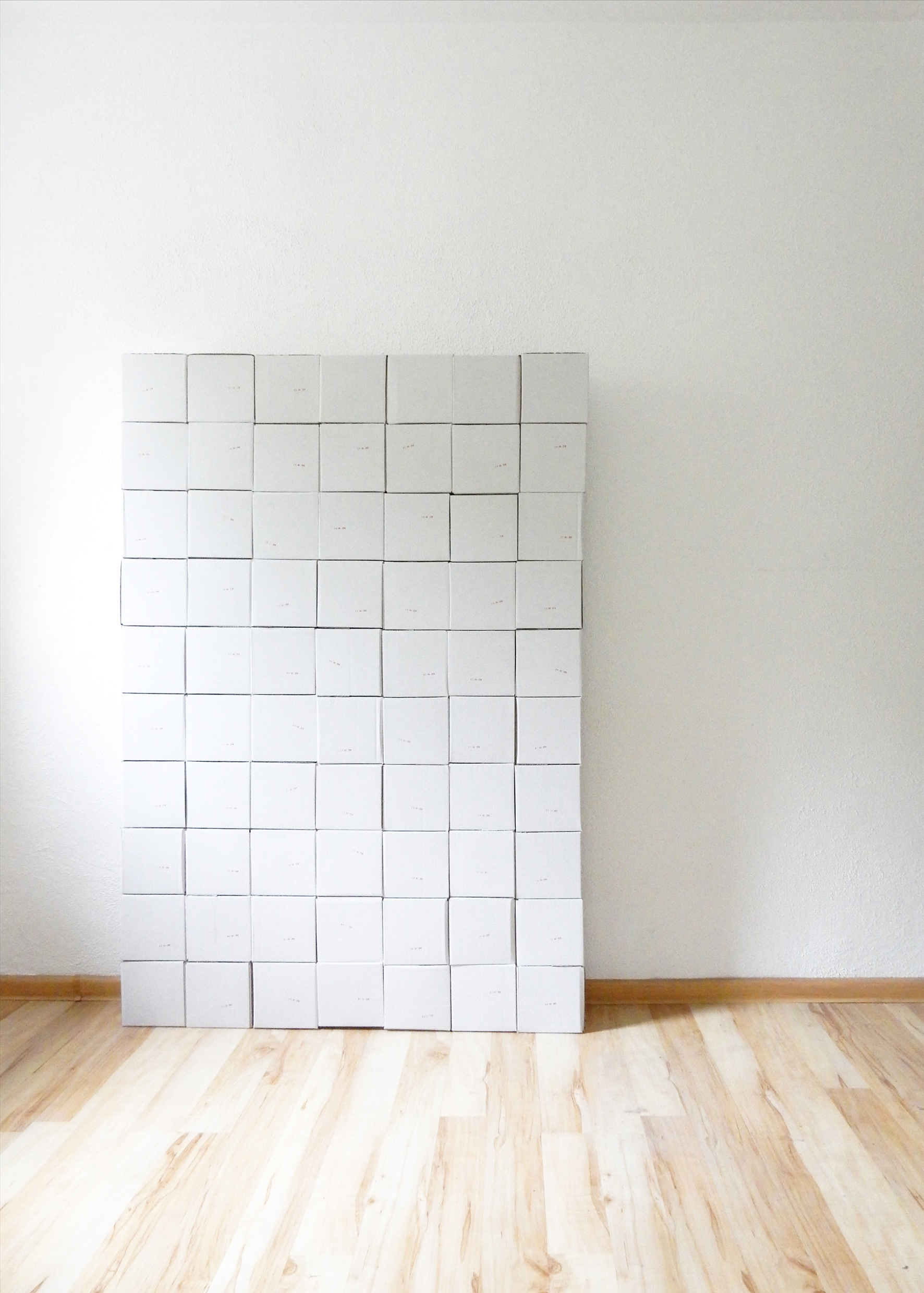
My home
Objects, 366 frames, size 50×50mm each
From January to December 2016, I documented one piece of information about the place I spent the night in, the number of hotel rooms, friend's apartments, rented apartments, night trains, and flights.
I framed 365 slide frames with numbers, shaped them month by month, and built a three-dimensional calendar.
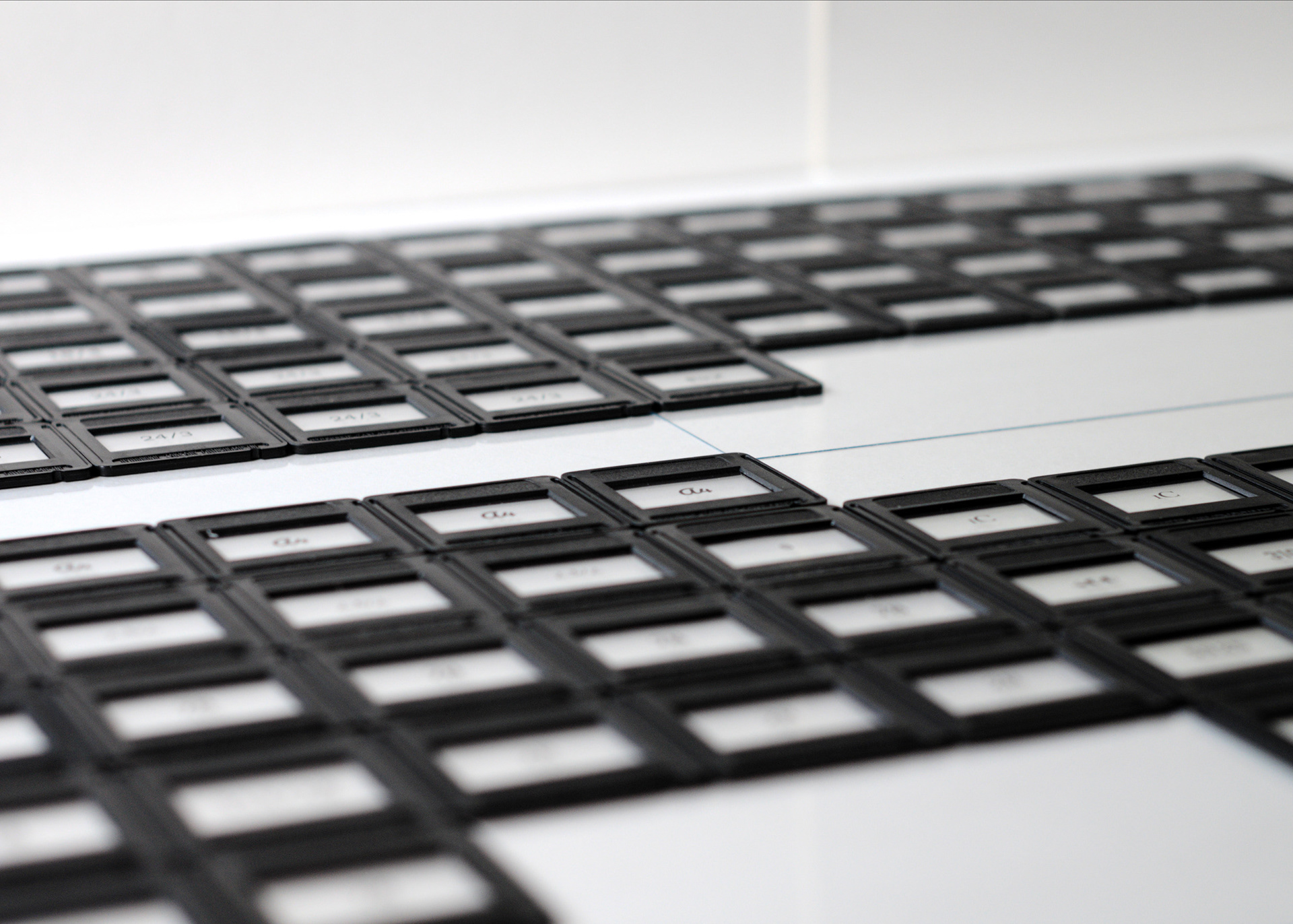
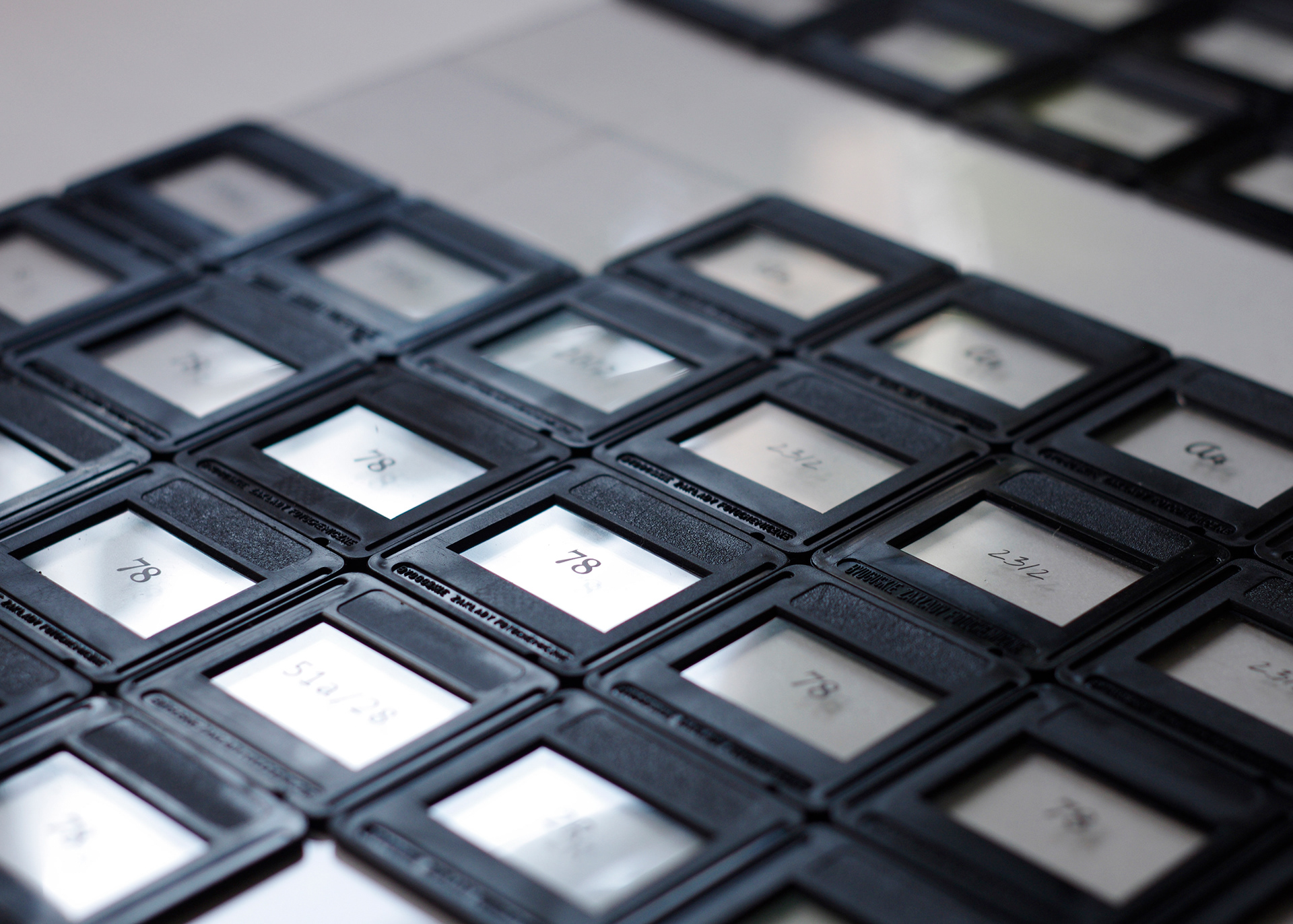
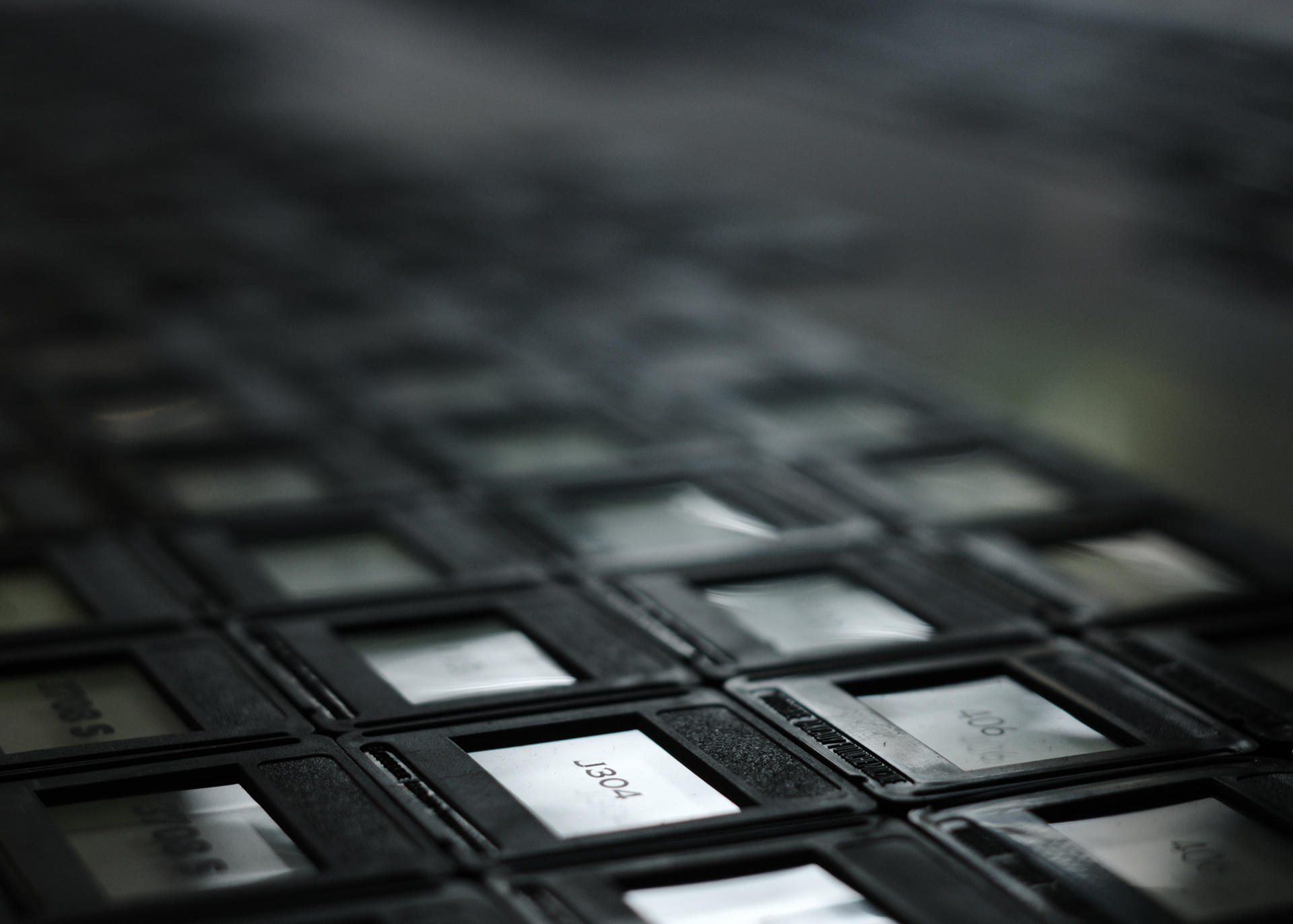
My students
Objects, 6 frames, size 900×900 mm each
From 2013 to 2018 I conducted lectures and workshops on different departments. Each rounded object represents a student. They are all shaped into bars which represent groups of students. None of the objects are the same.
I framed 6 canvas.

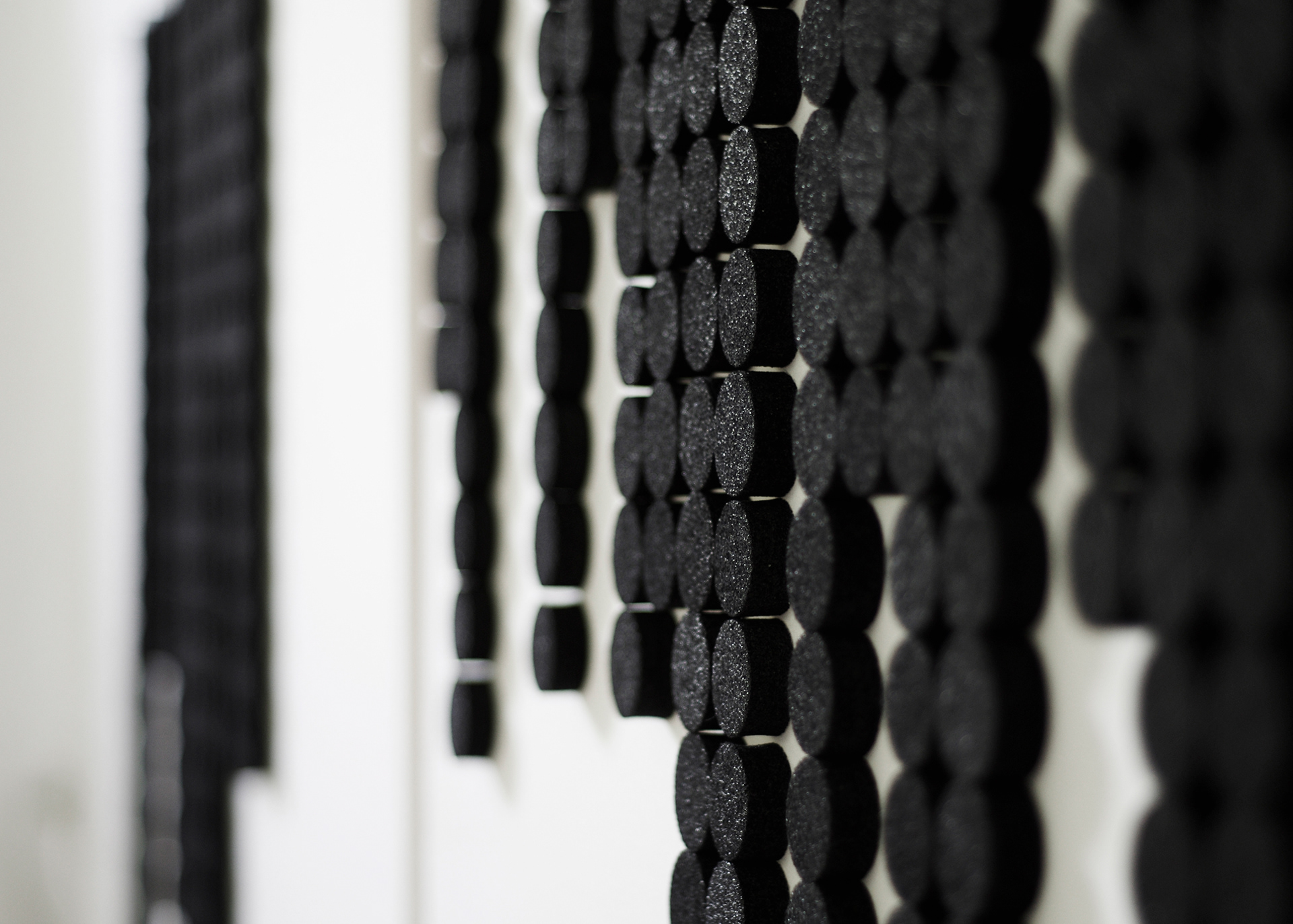
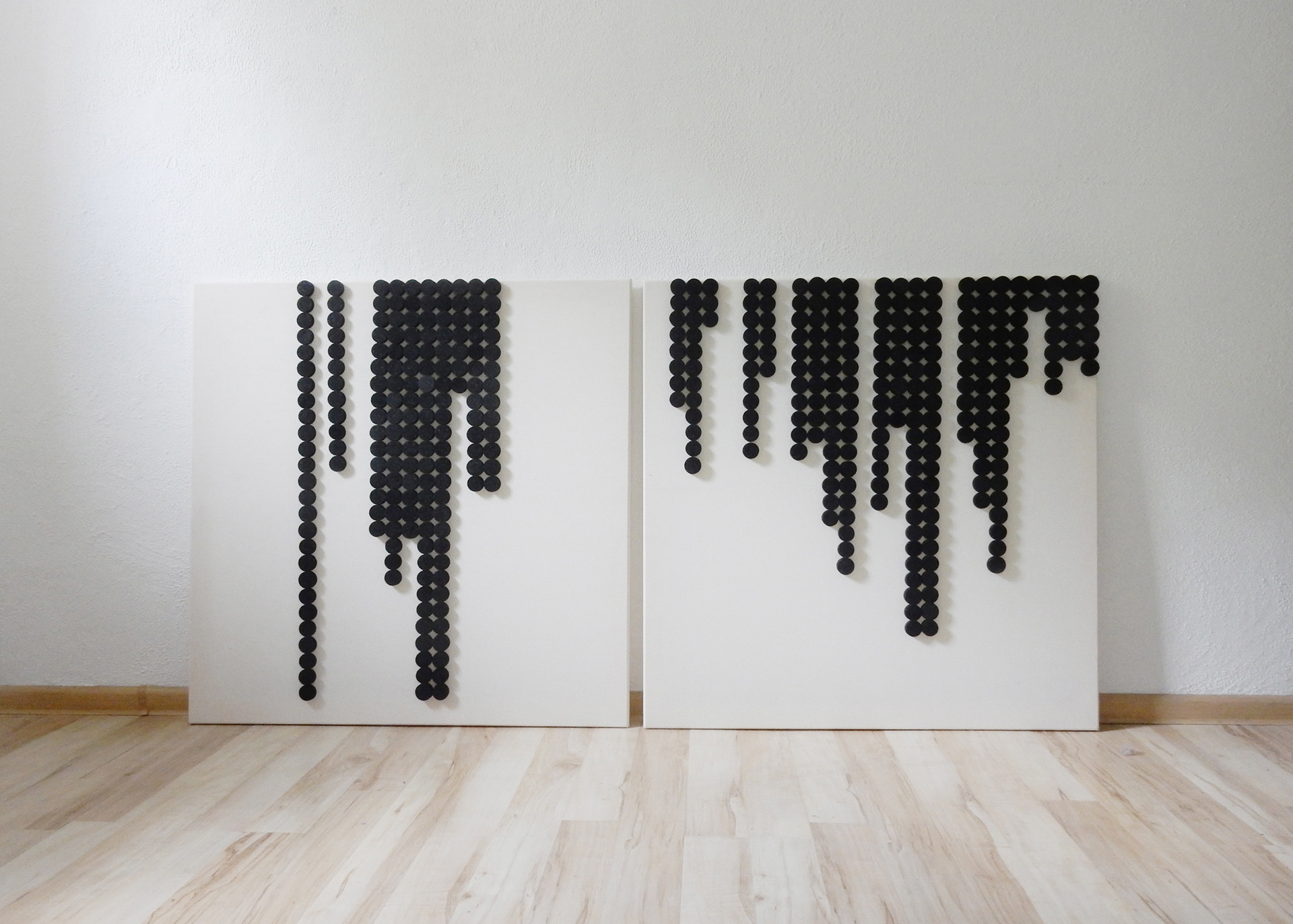
My polaroids
Objects, 12 frames, size 250×250mm each
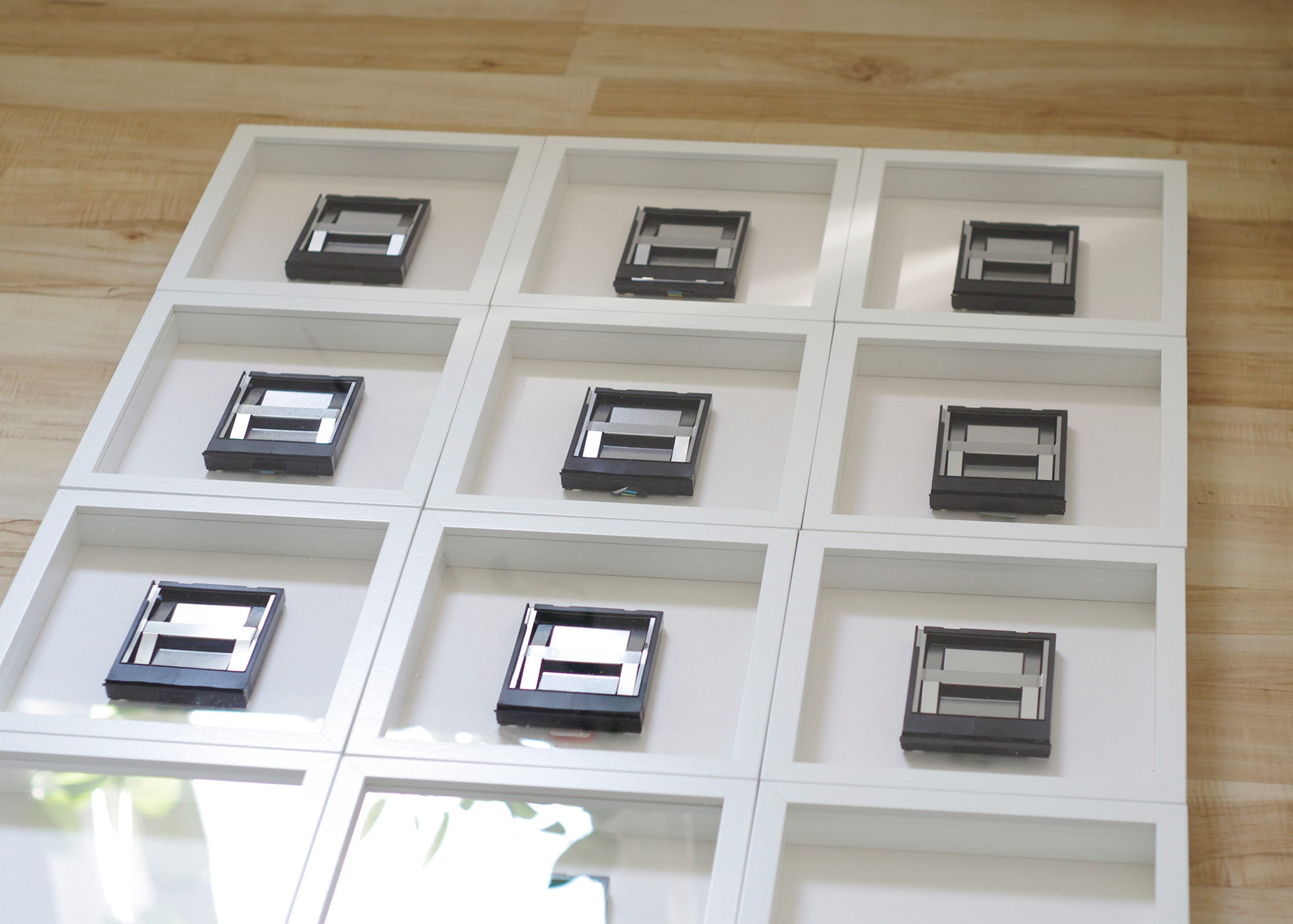
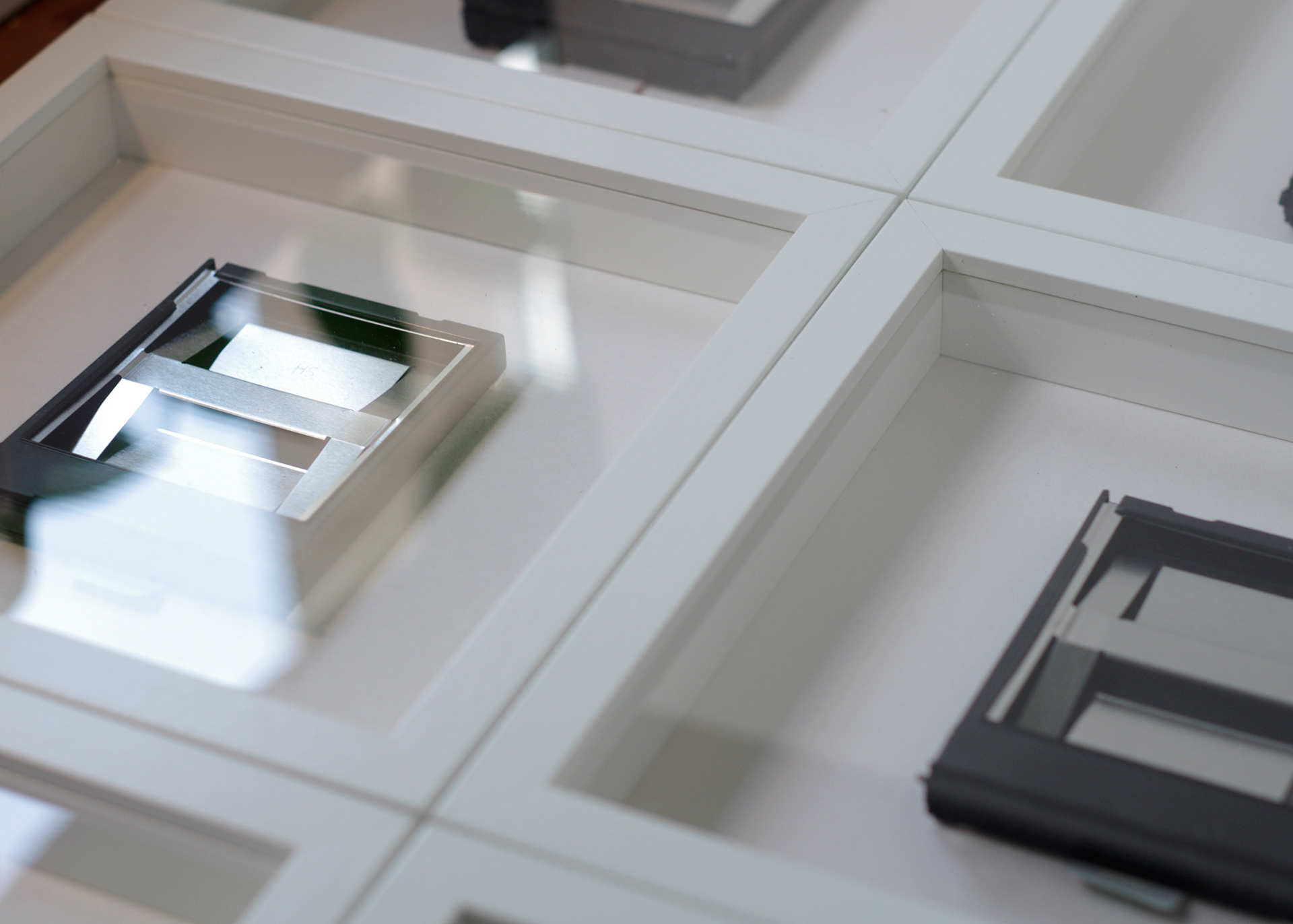
My parametrization
Object, 1 object, size 1400×1000mm
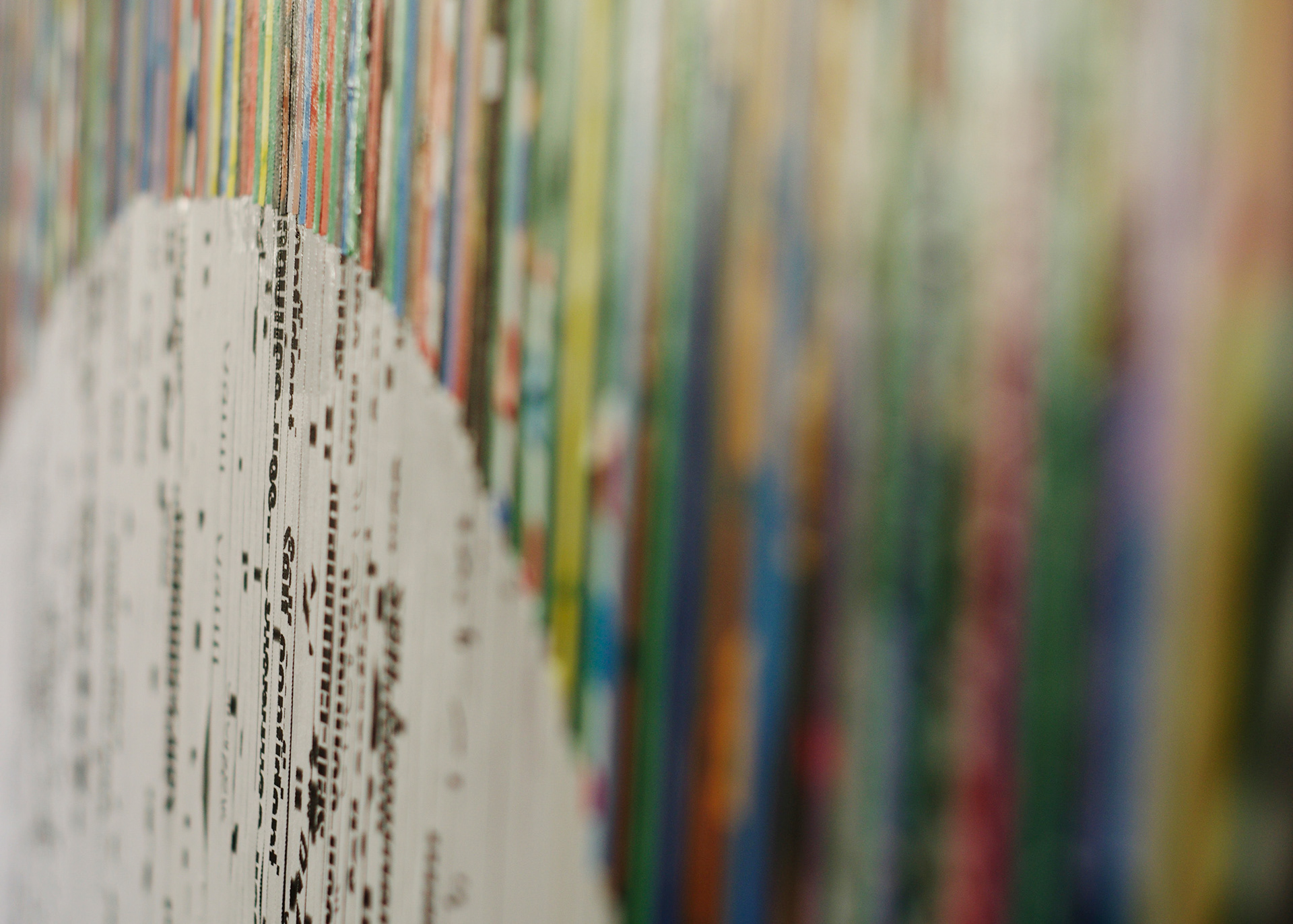

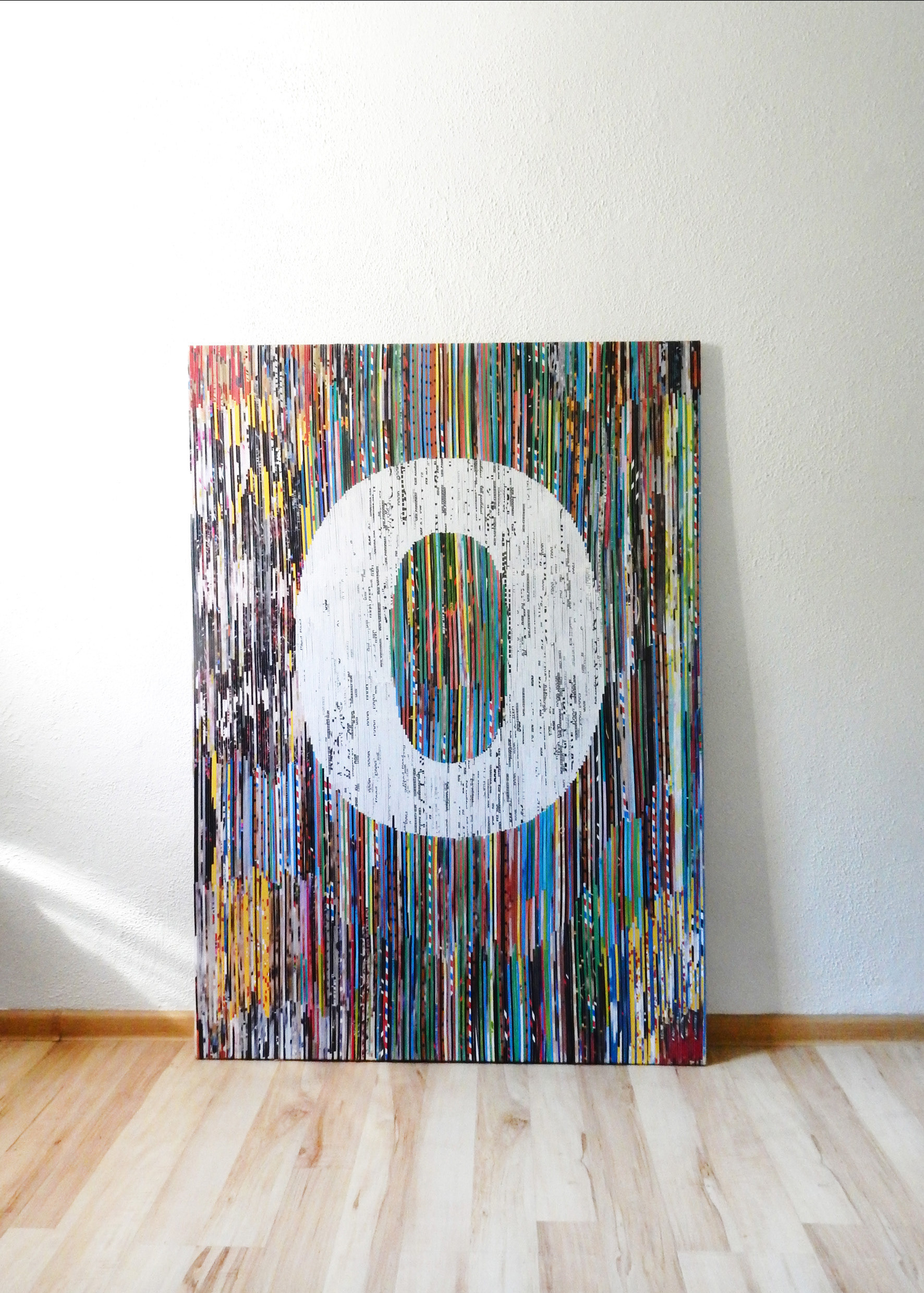
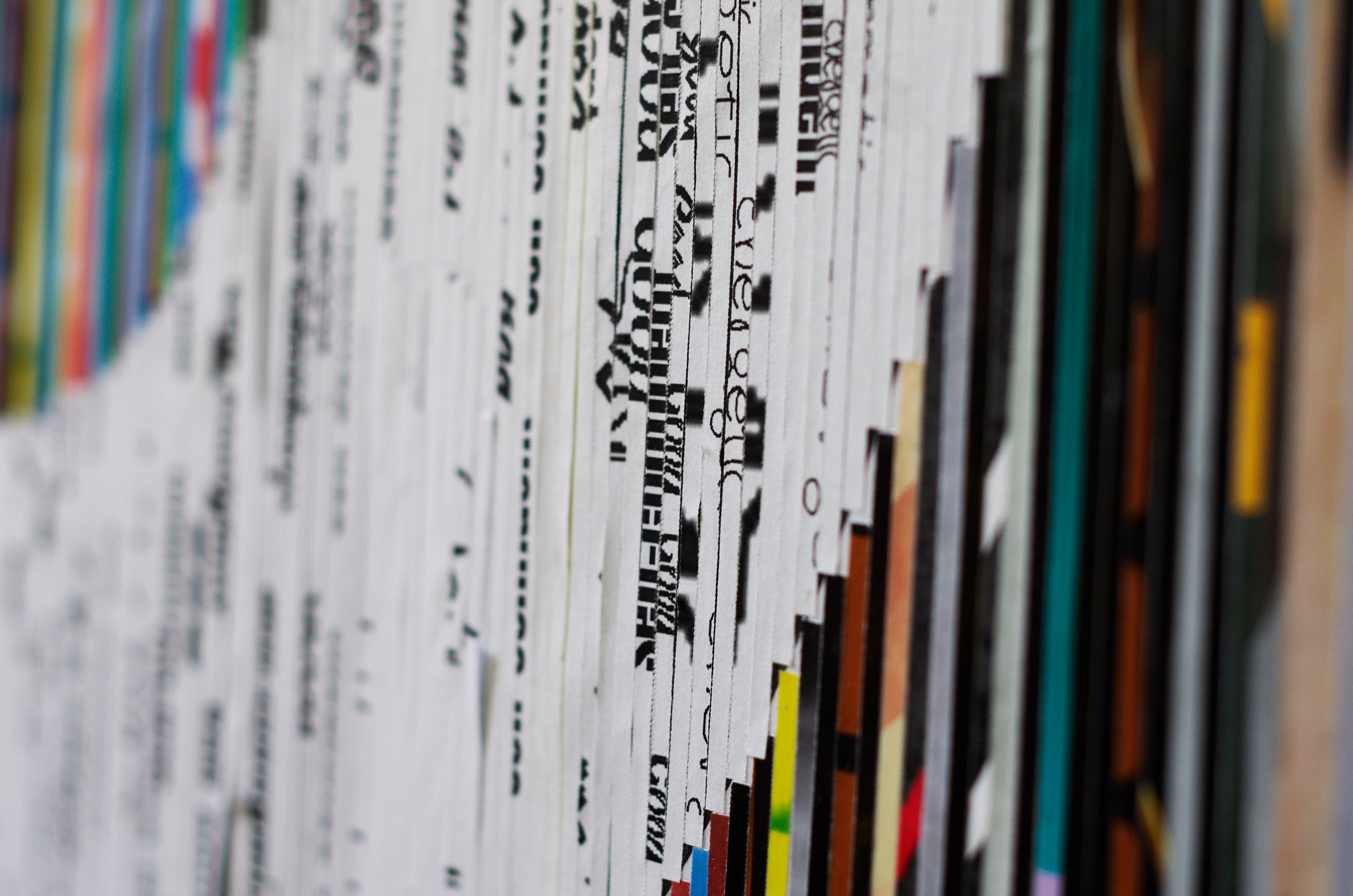
My thoughts
Multimedia projection
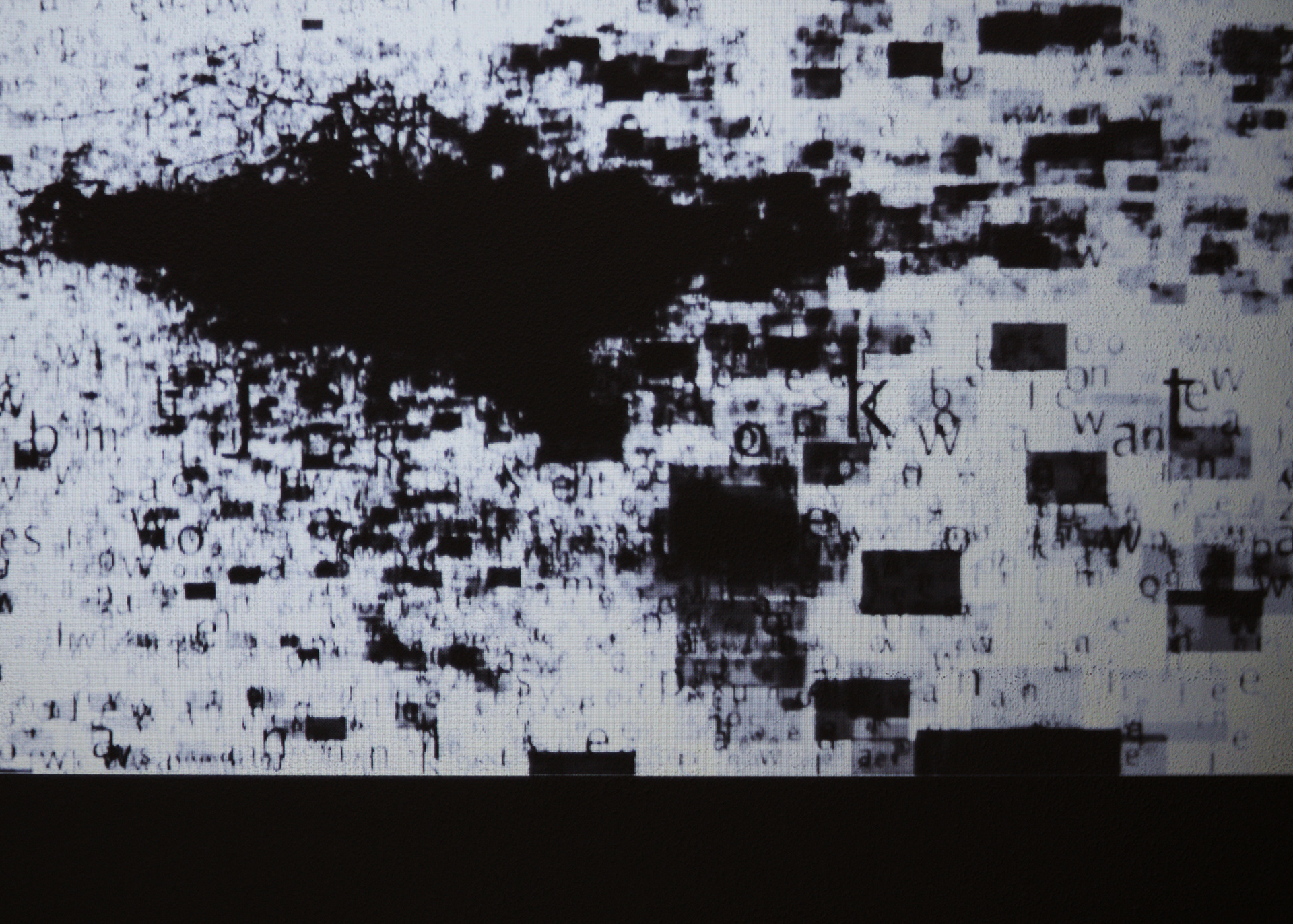
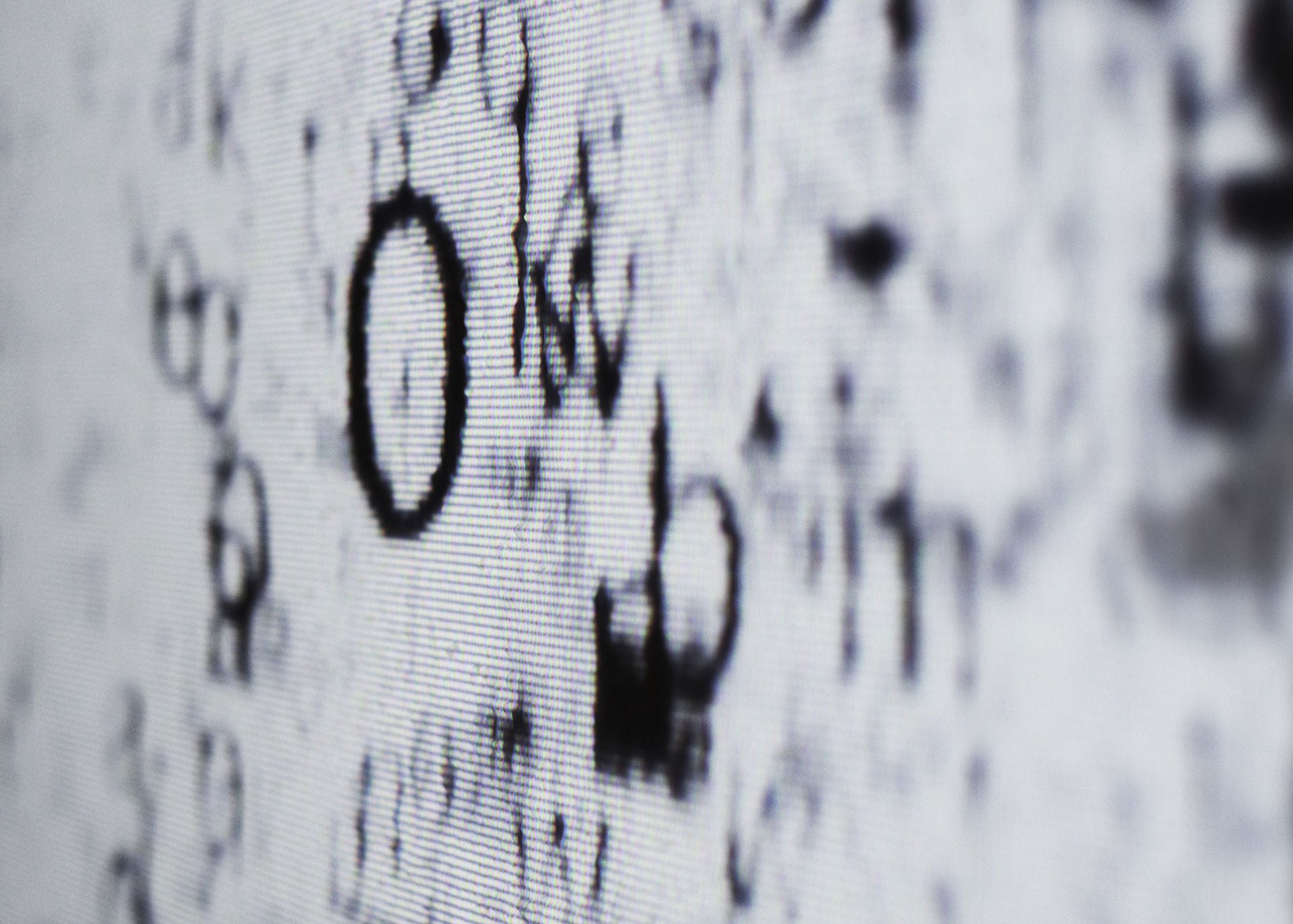
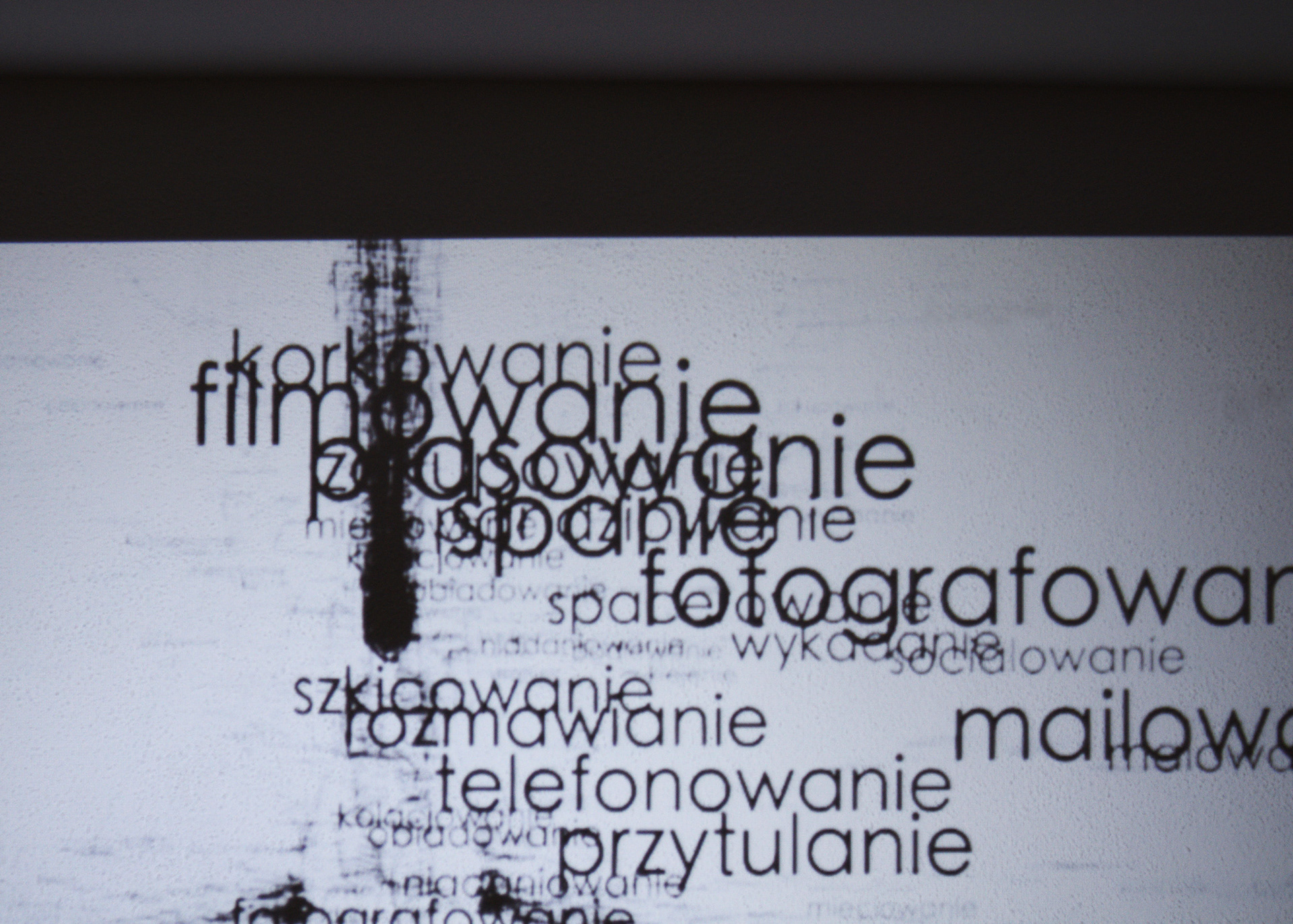
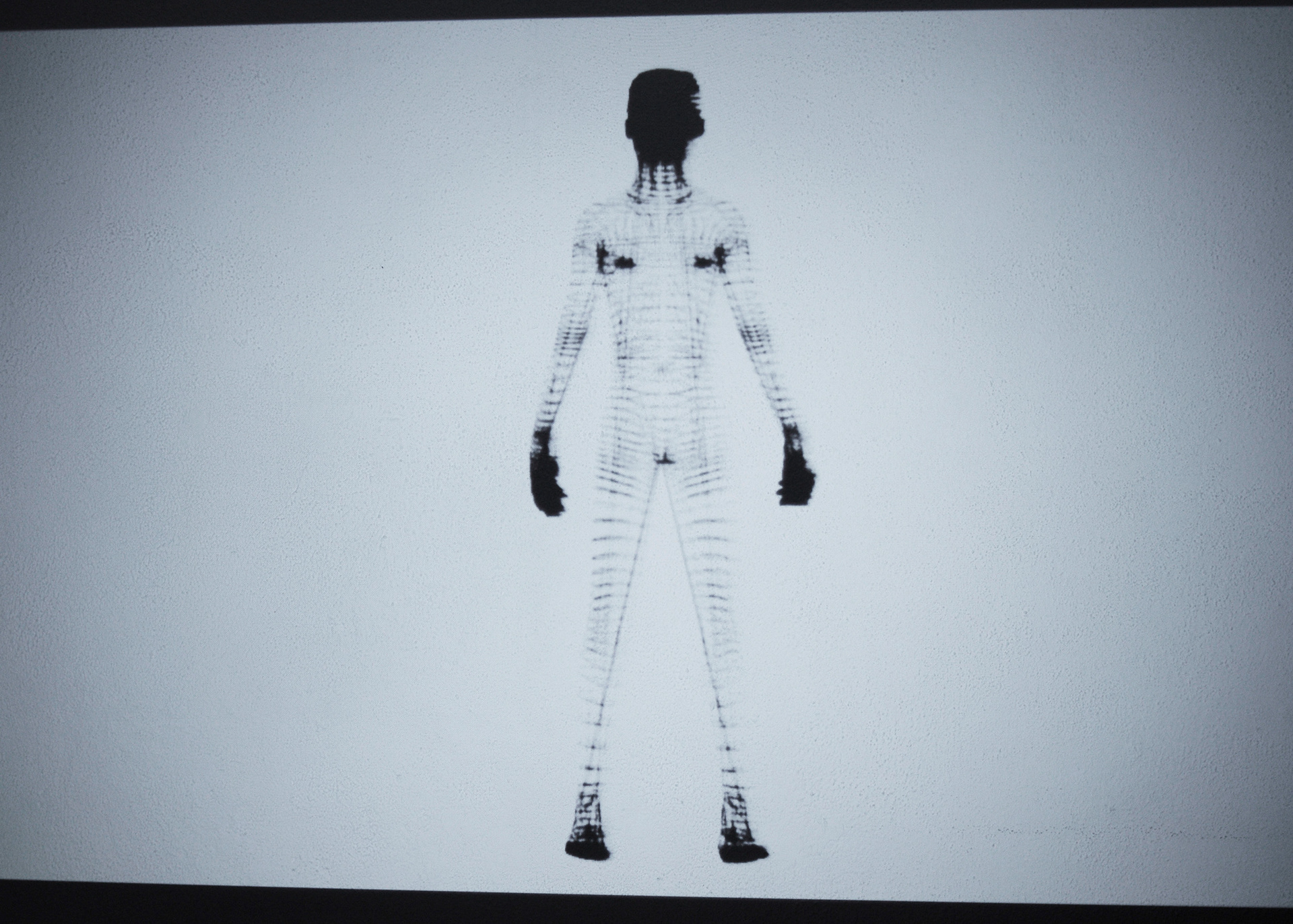
All stories were presented on the exhibition in 2019 with a leading "time recycling" motto.
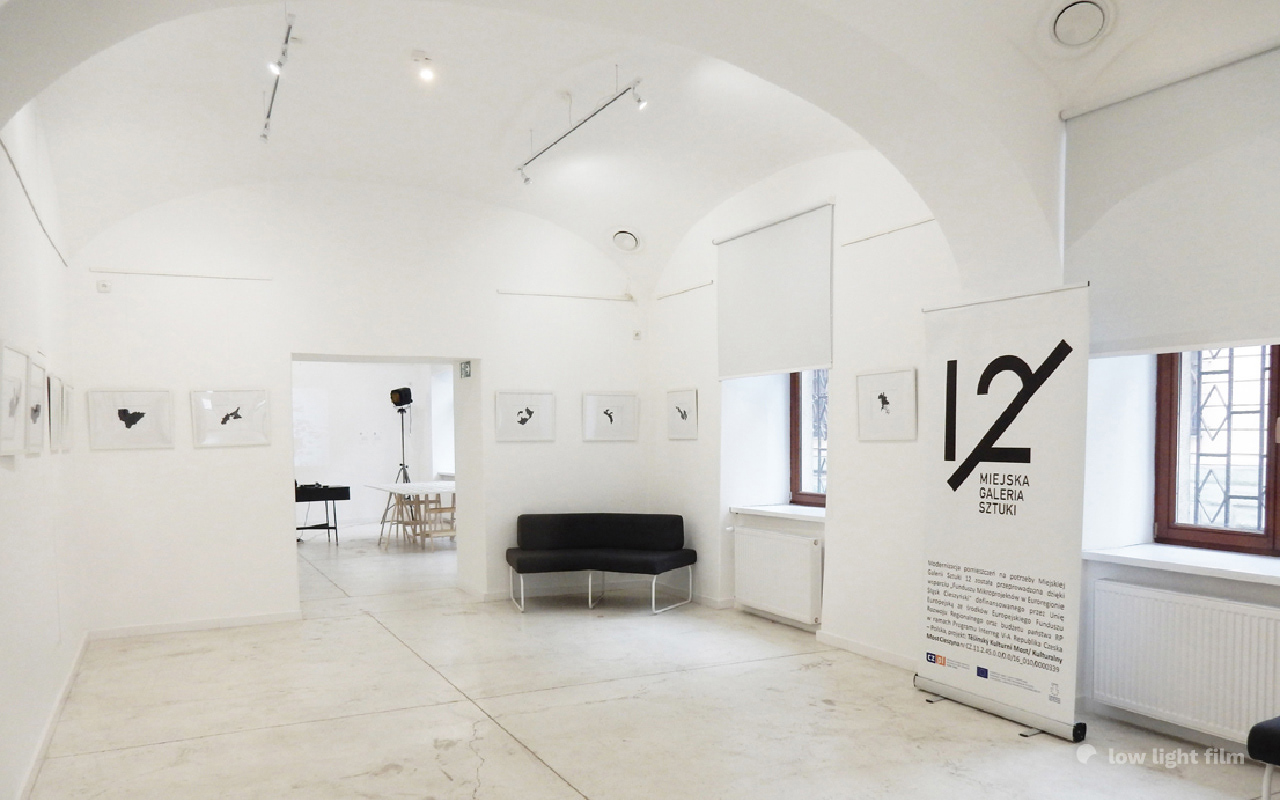
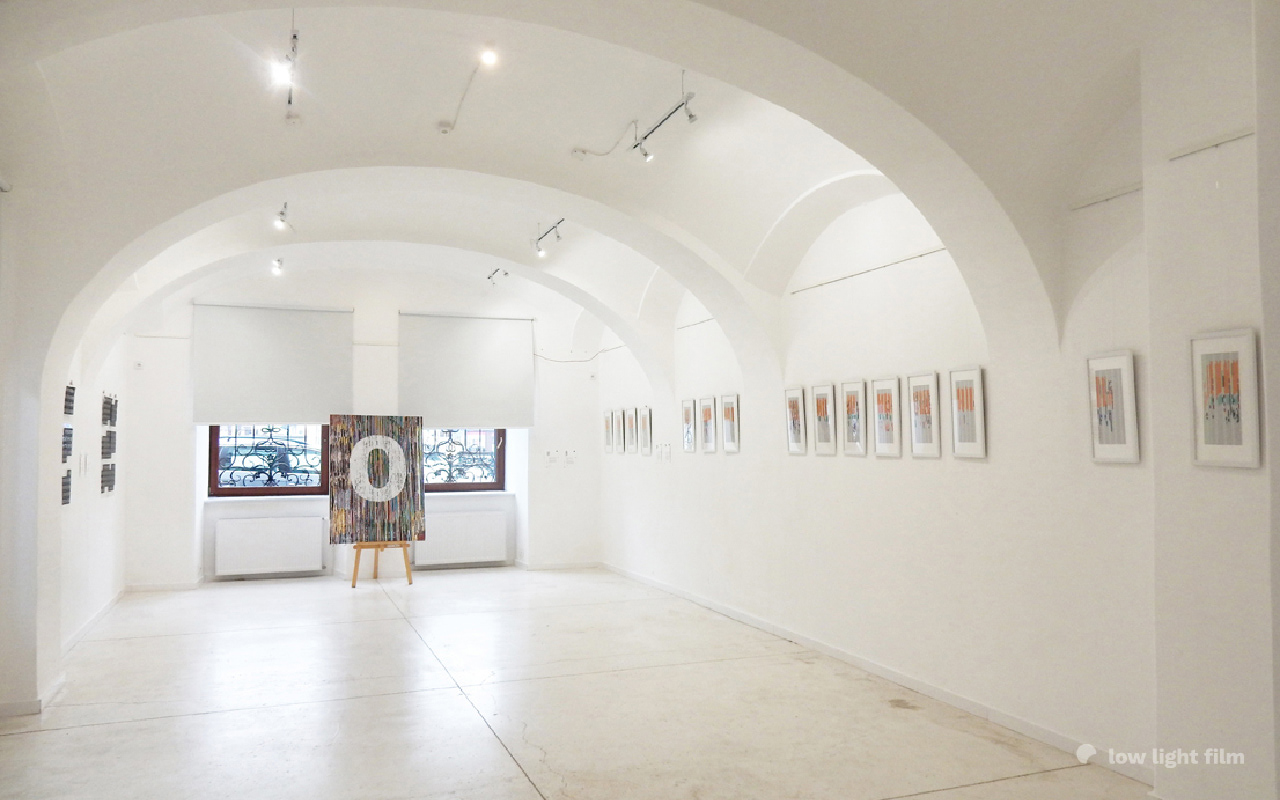
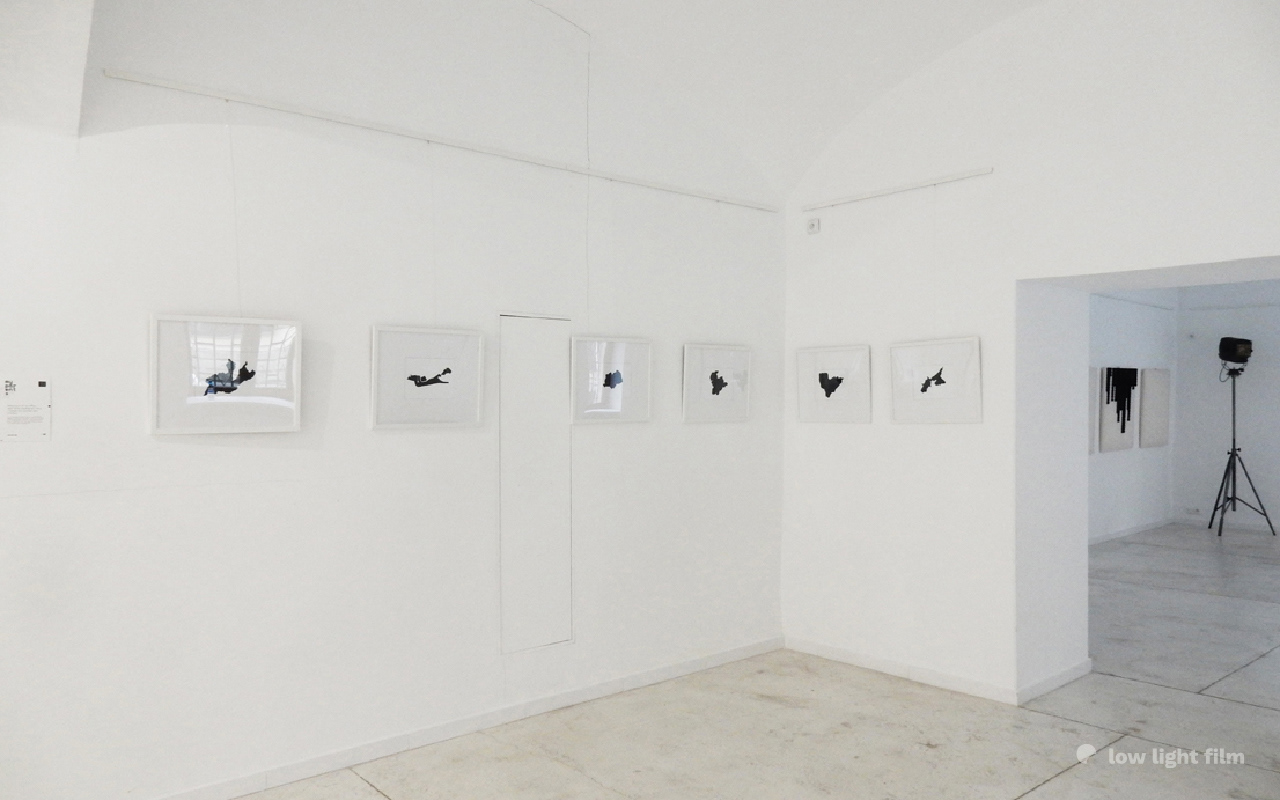
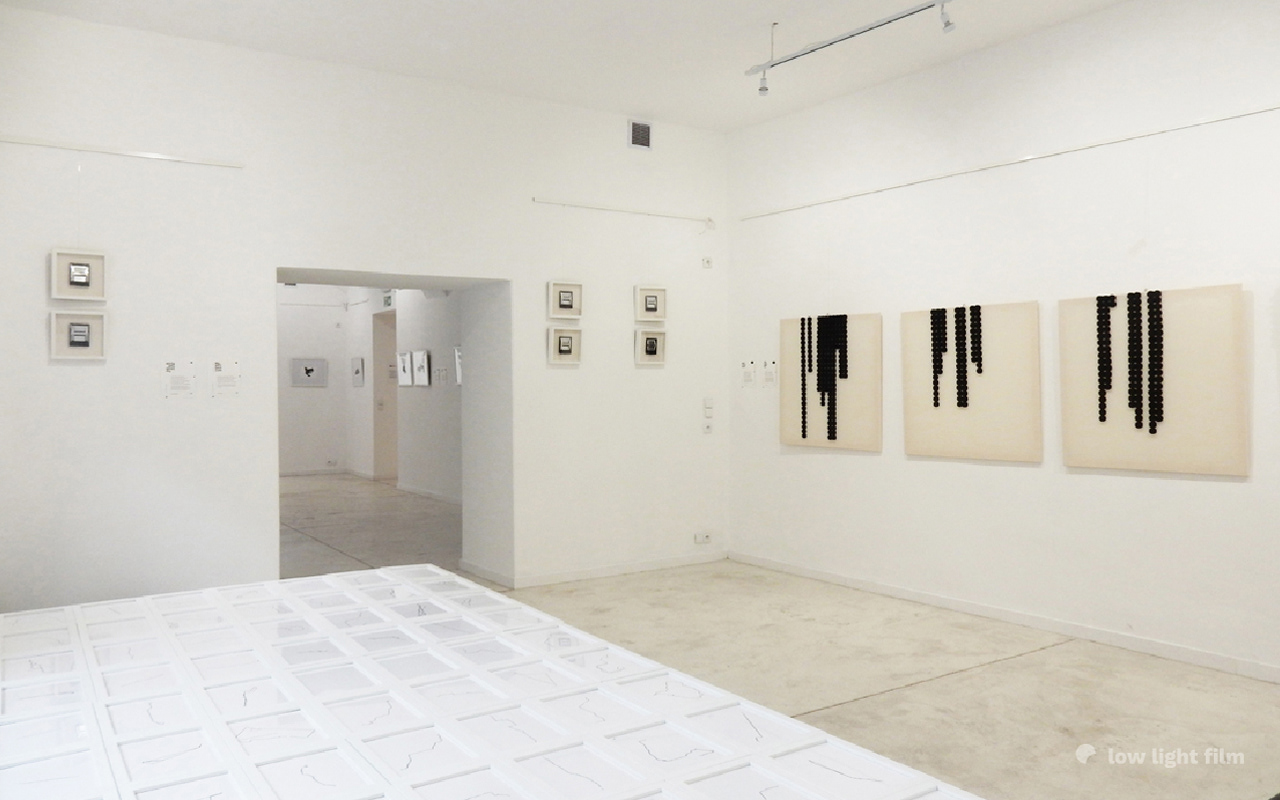

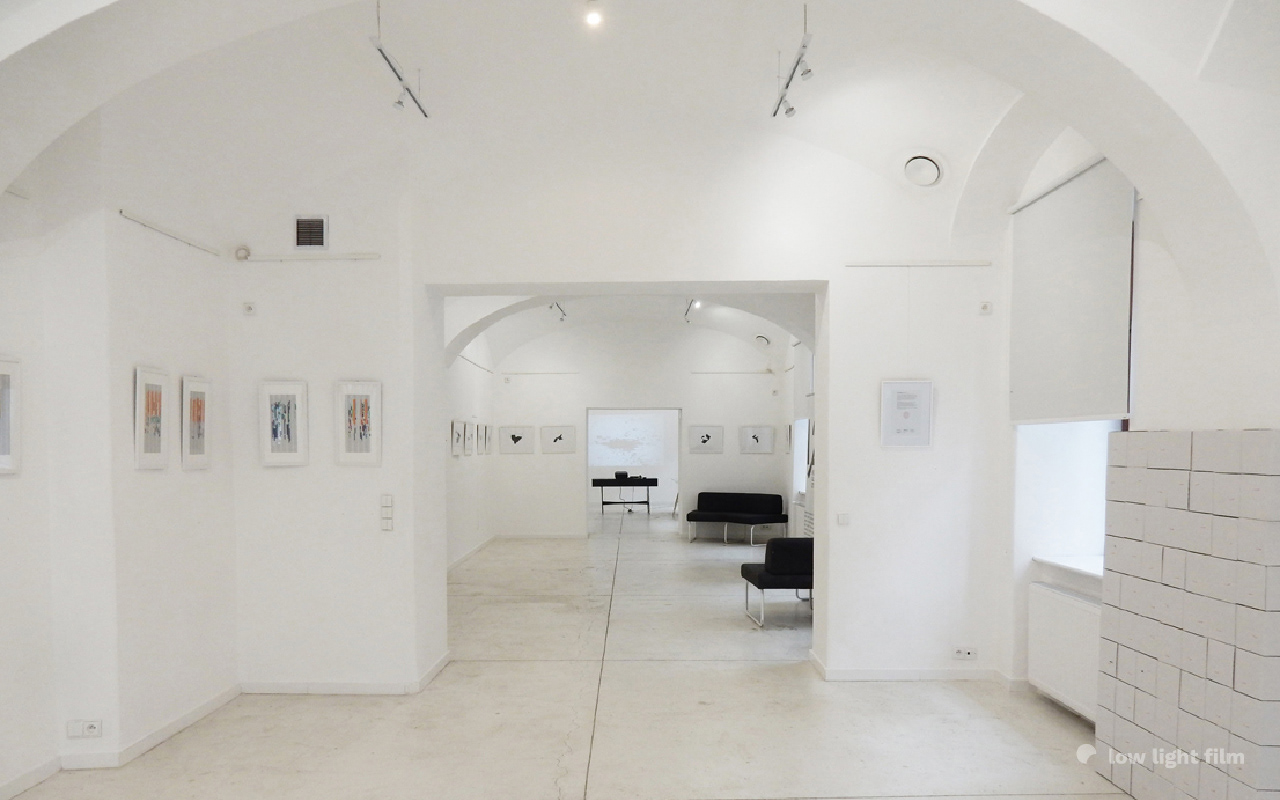
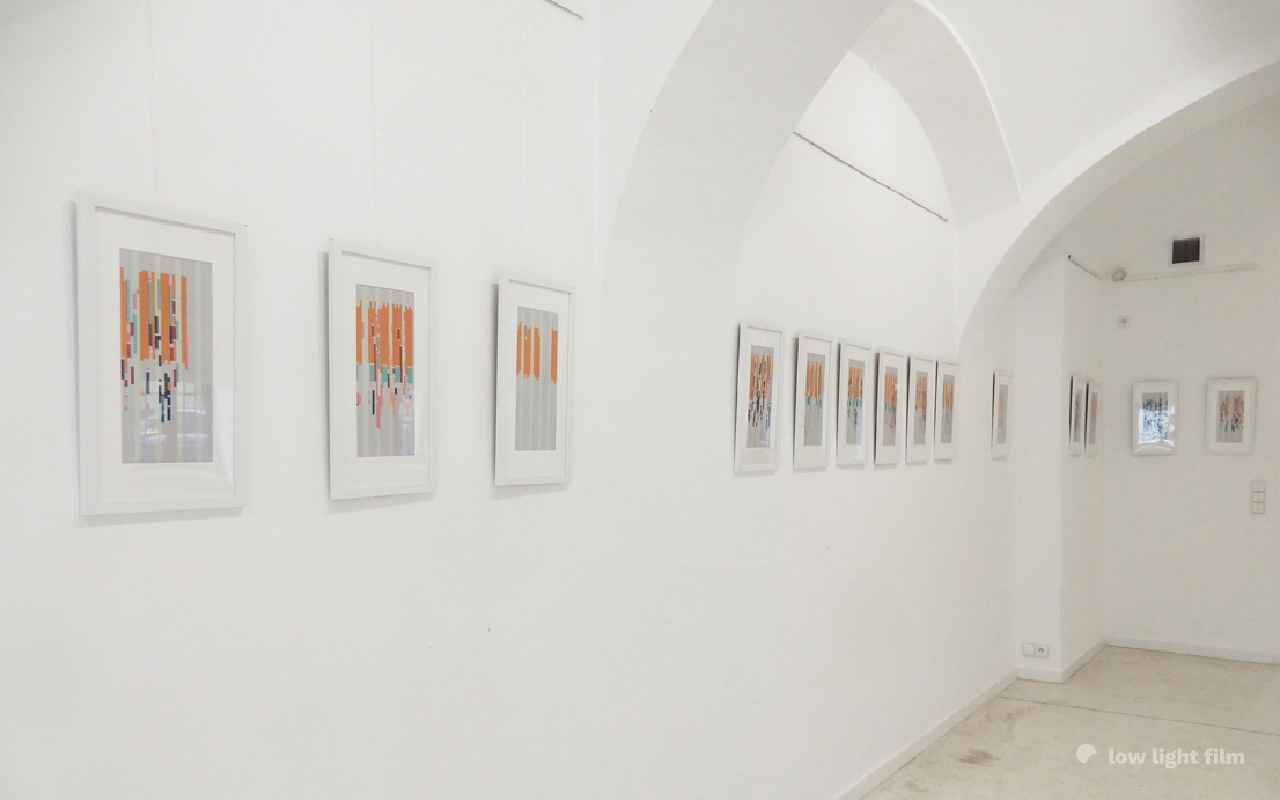
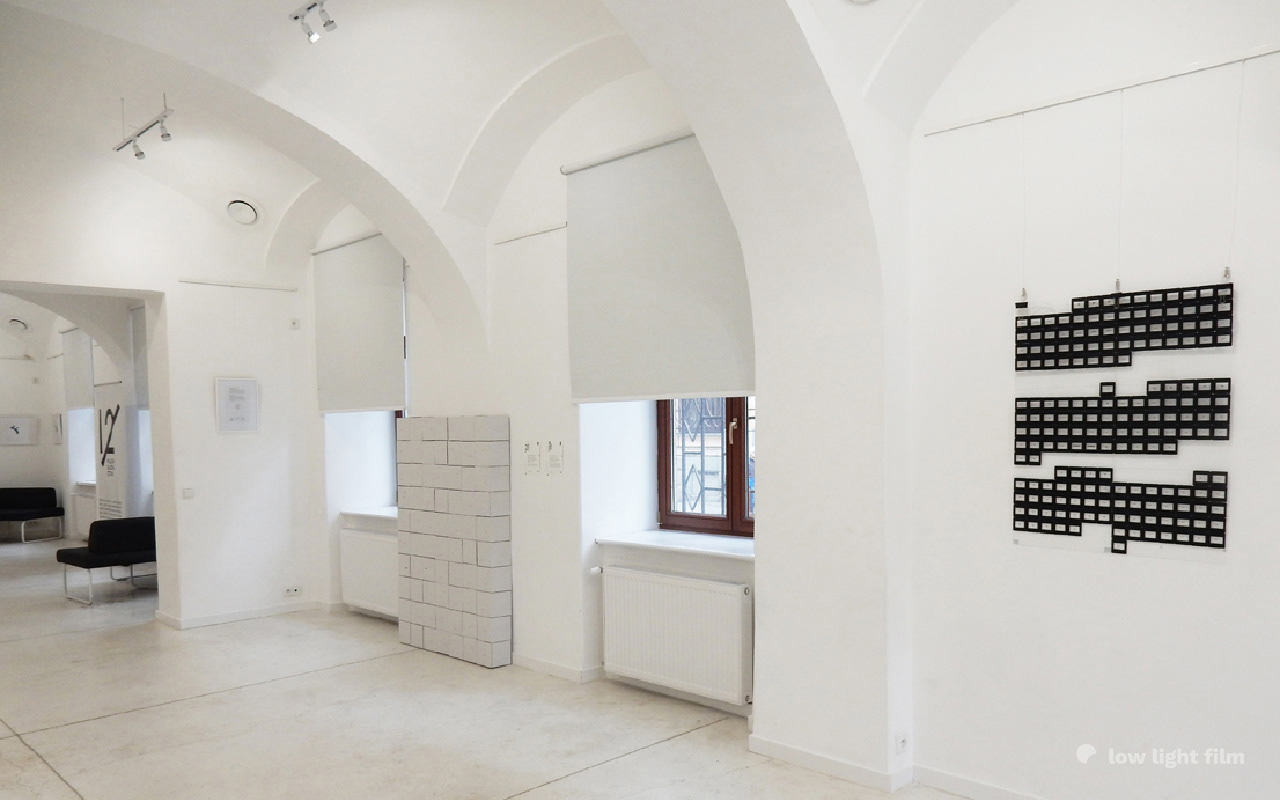
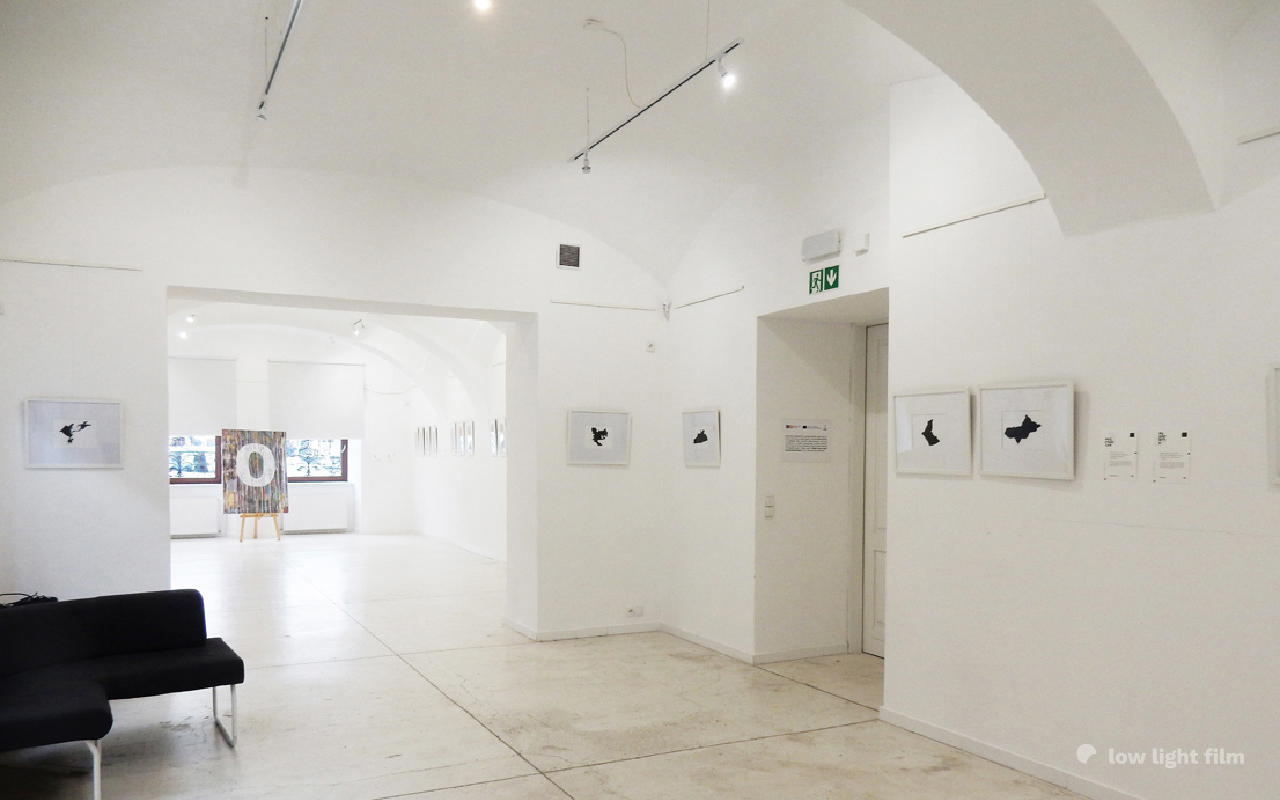
And yet, this all somehow has grown into the research for my Ph.D.
